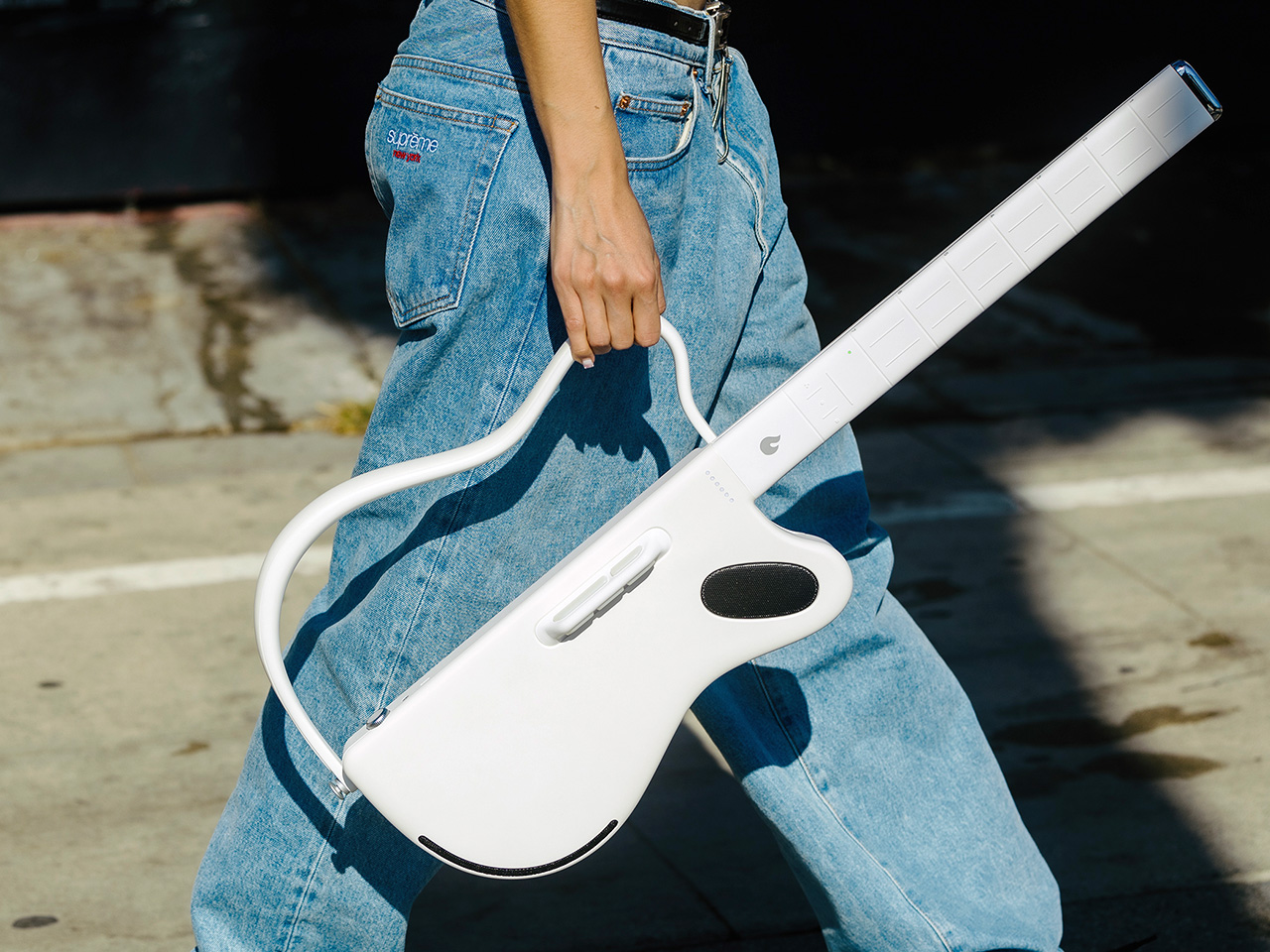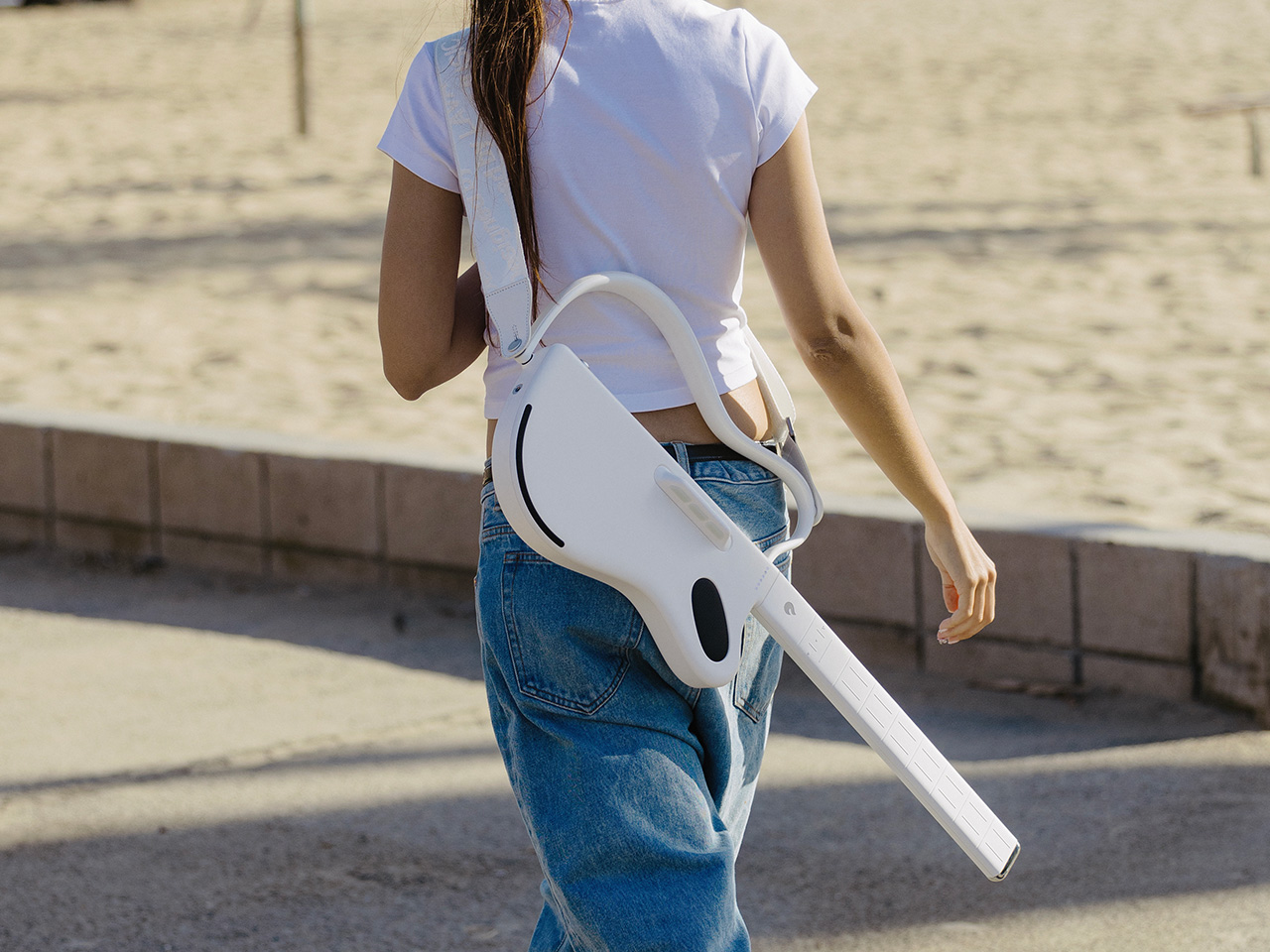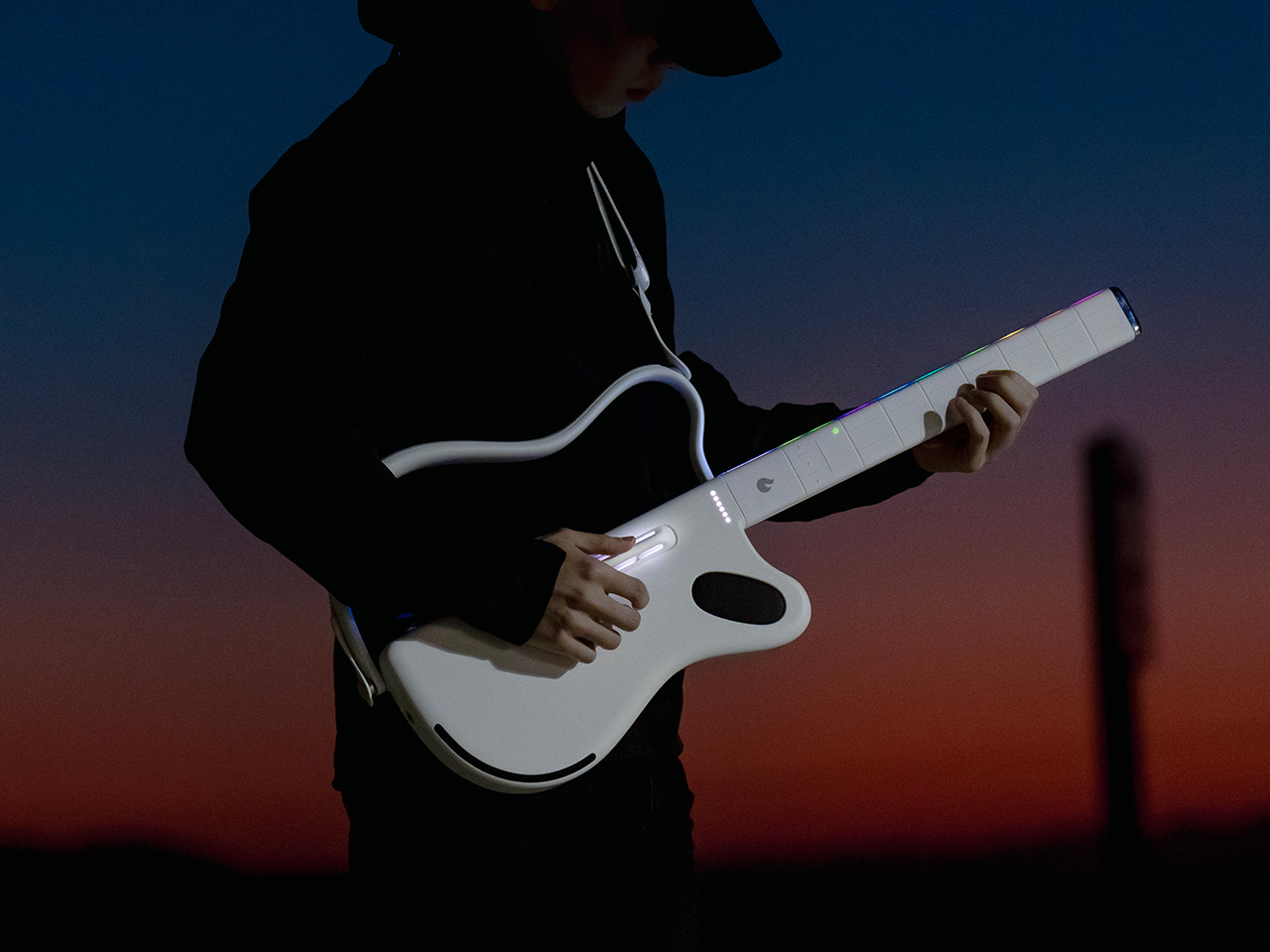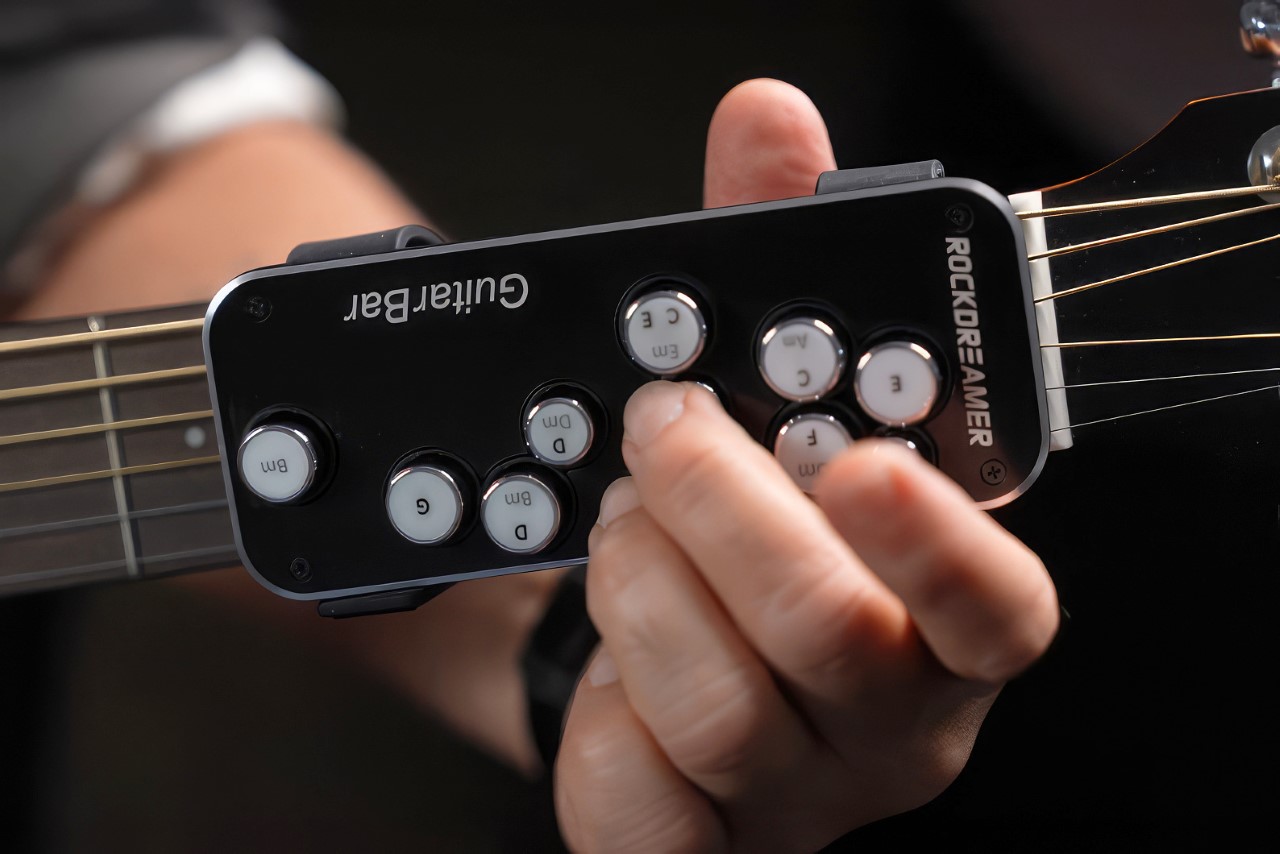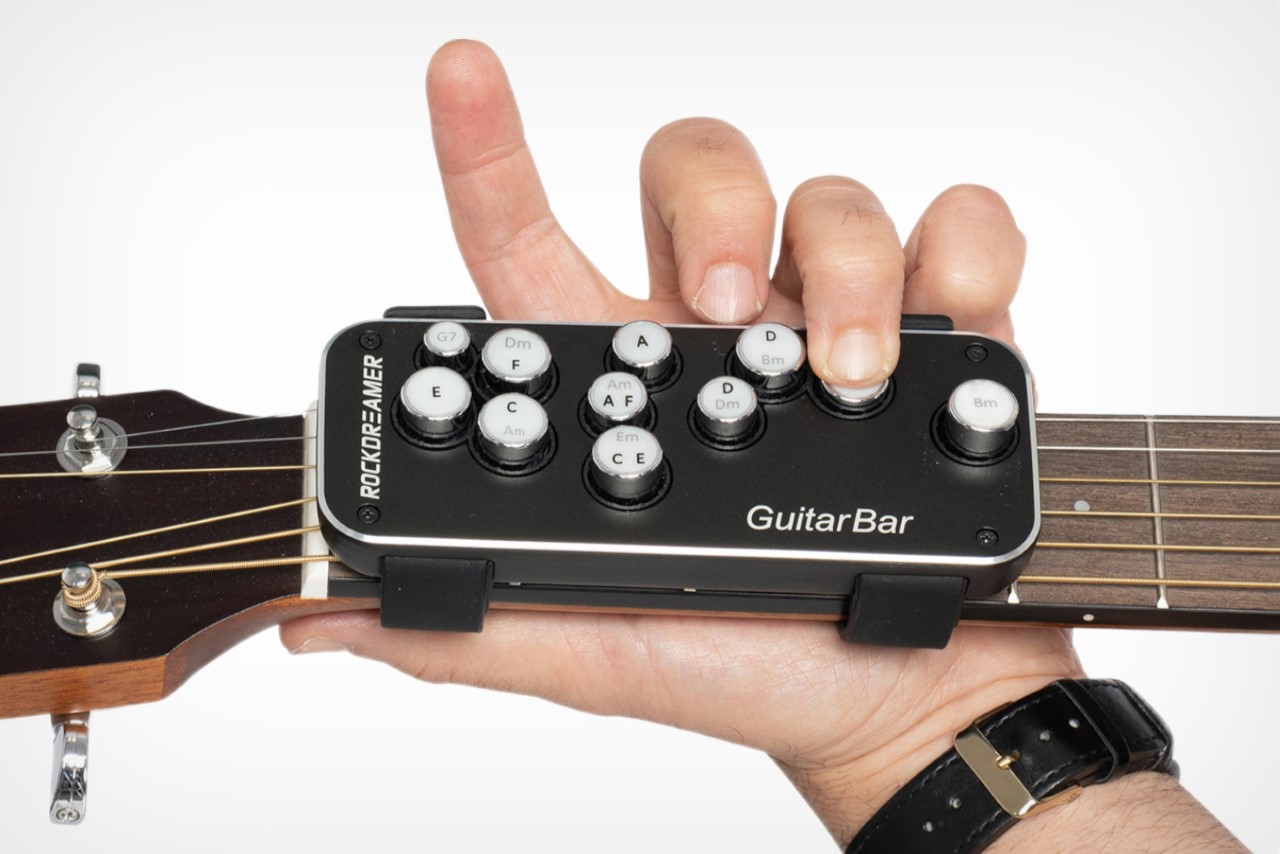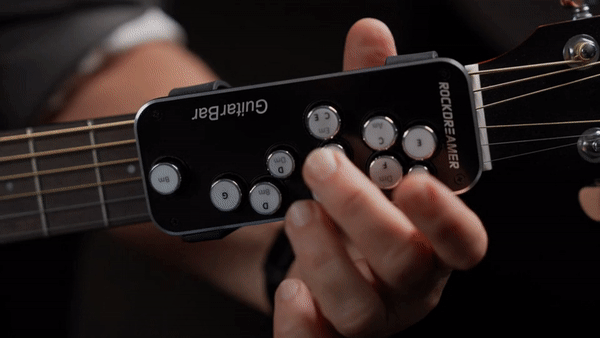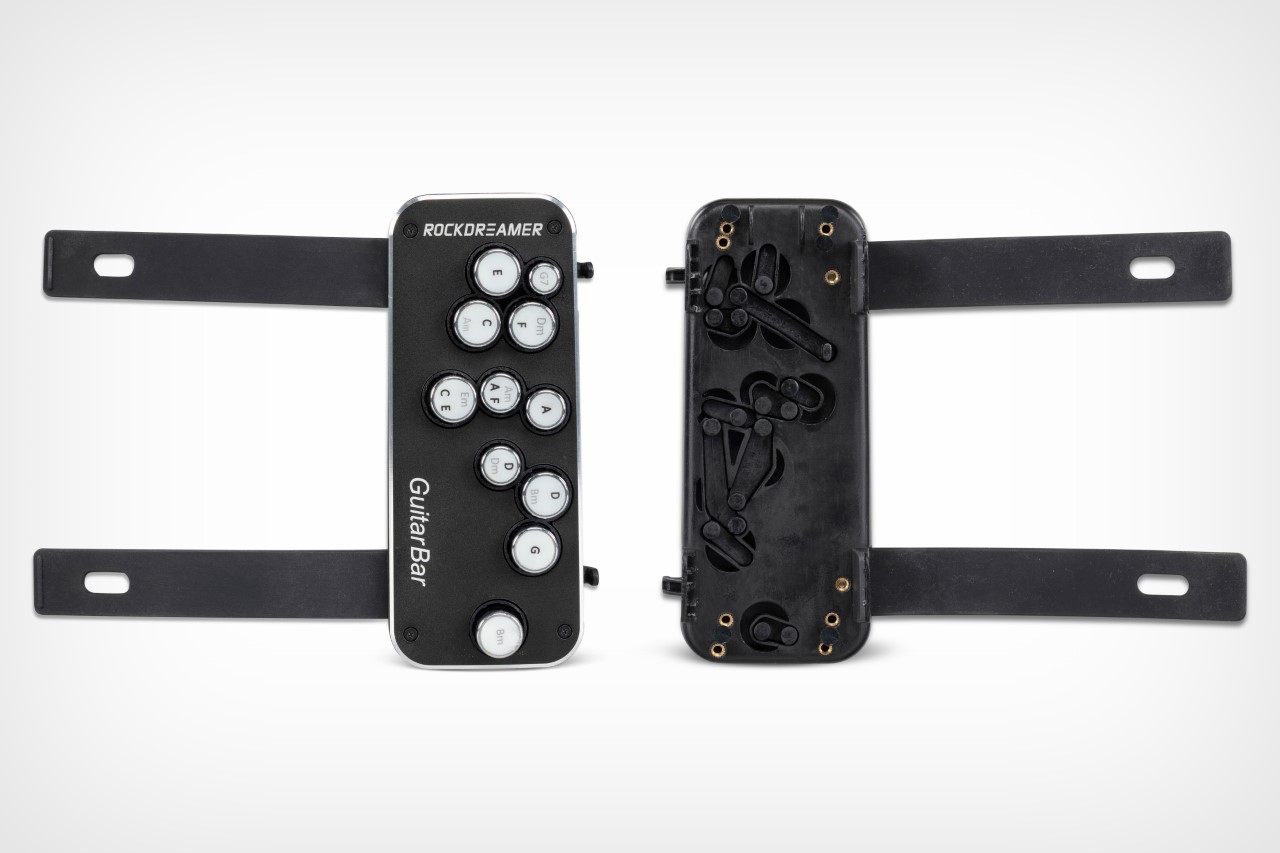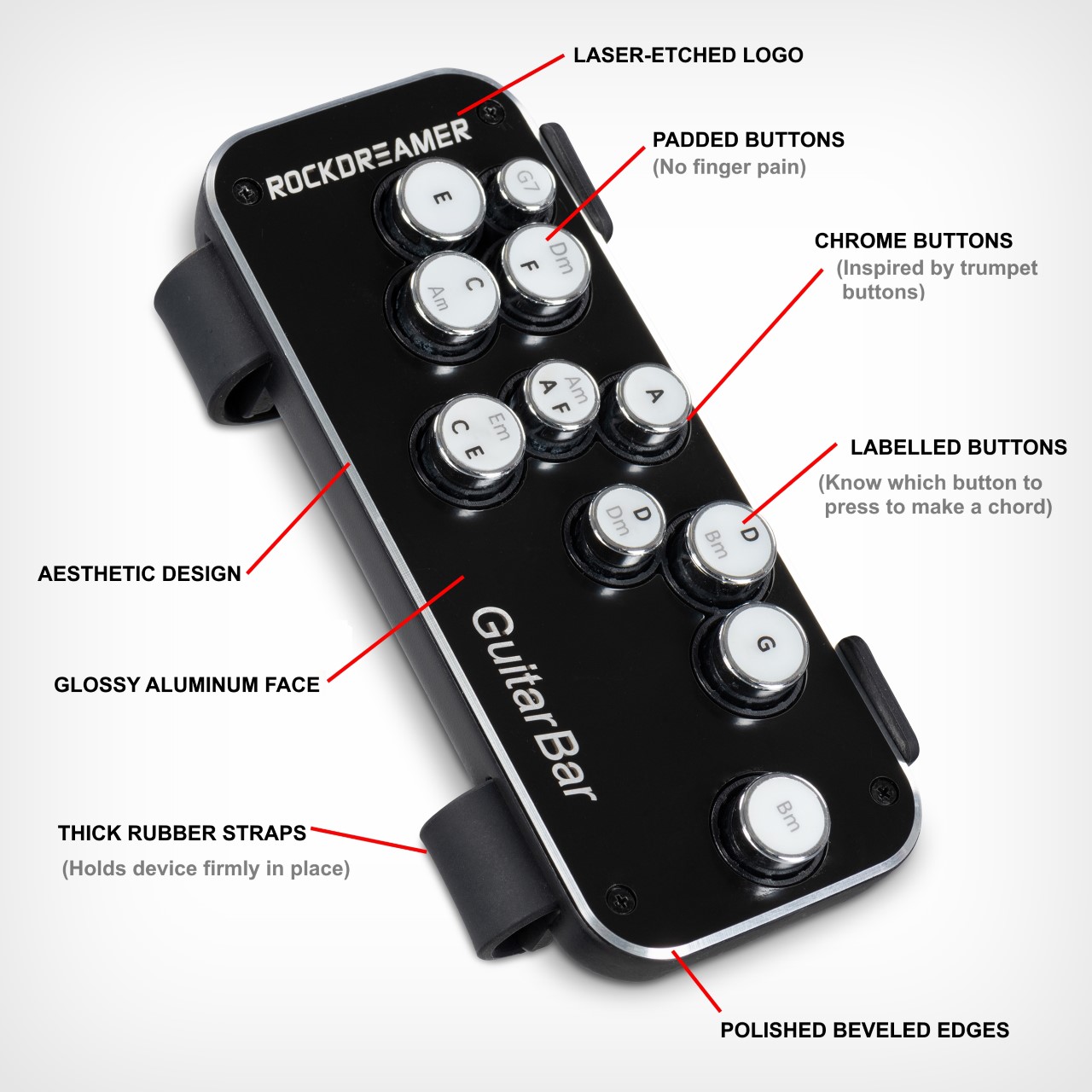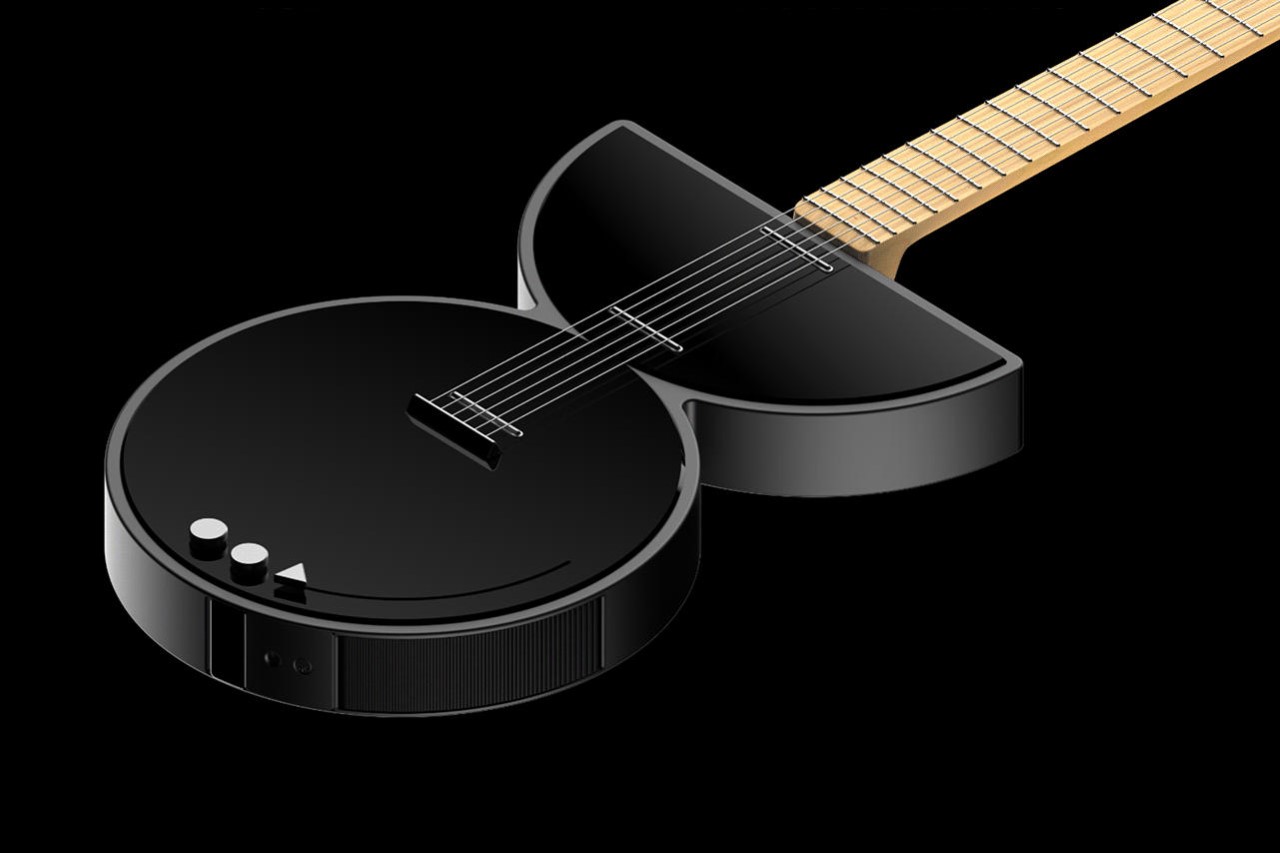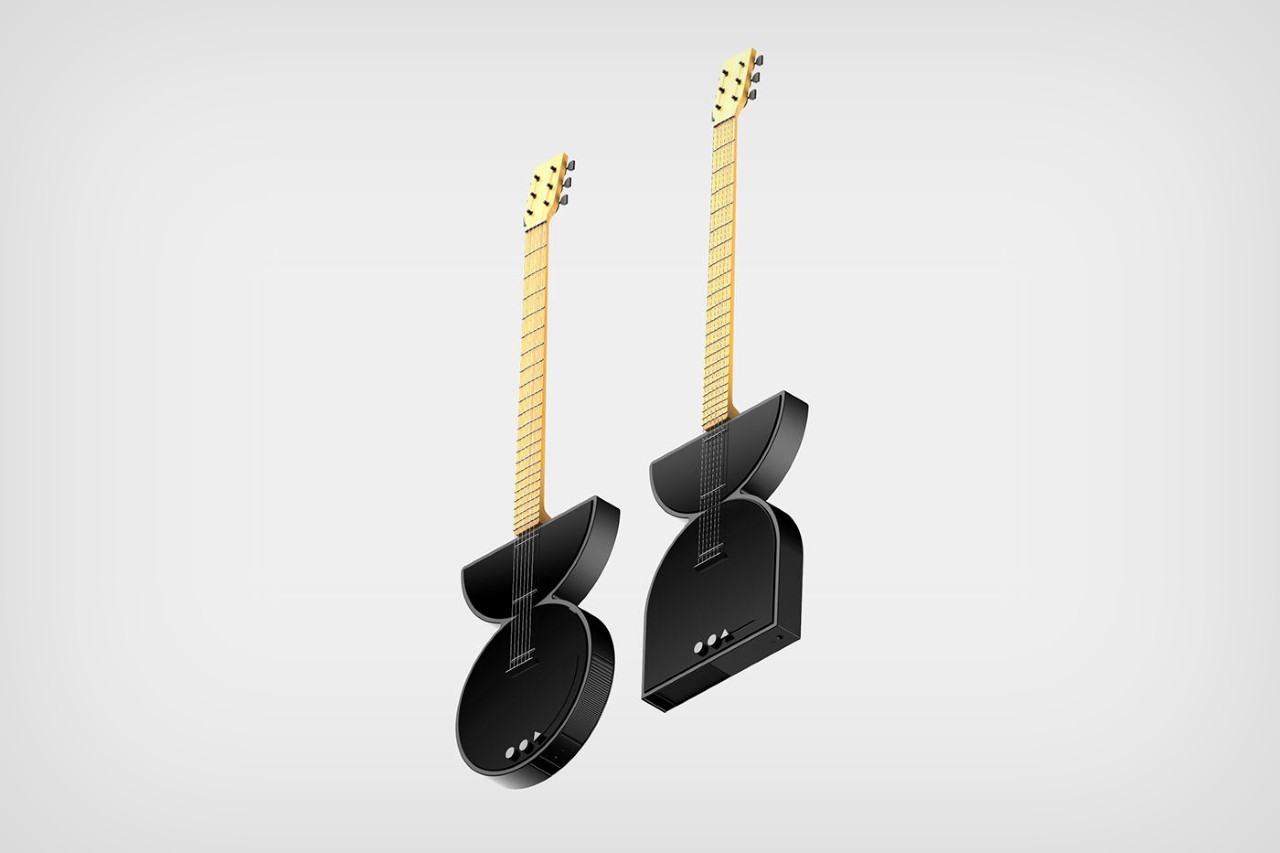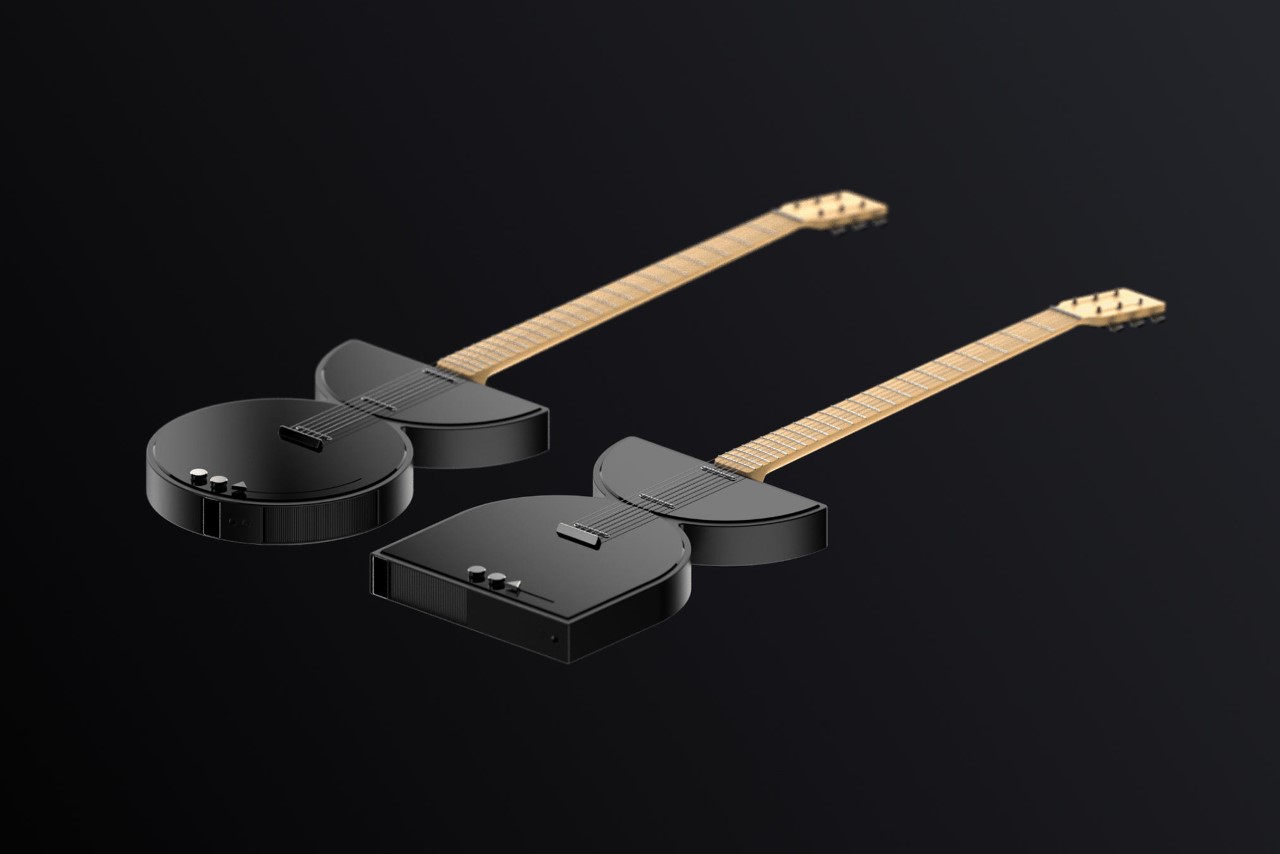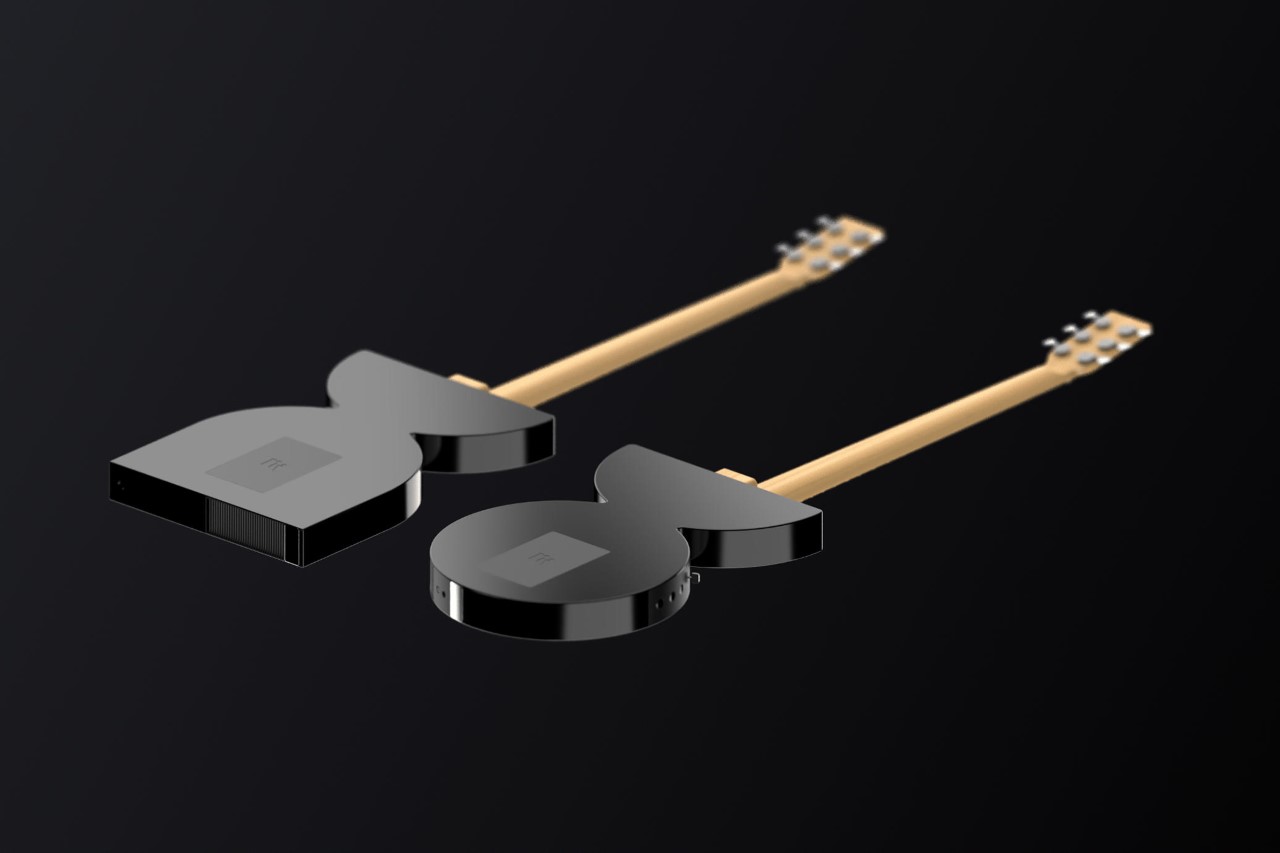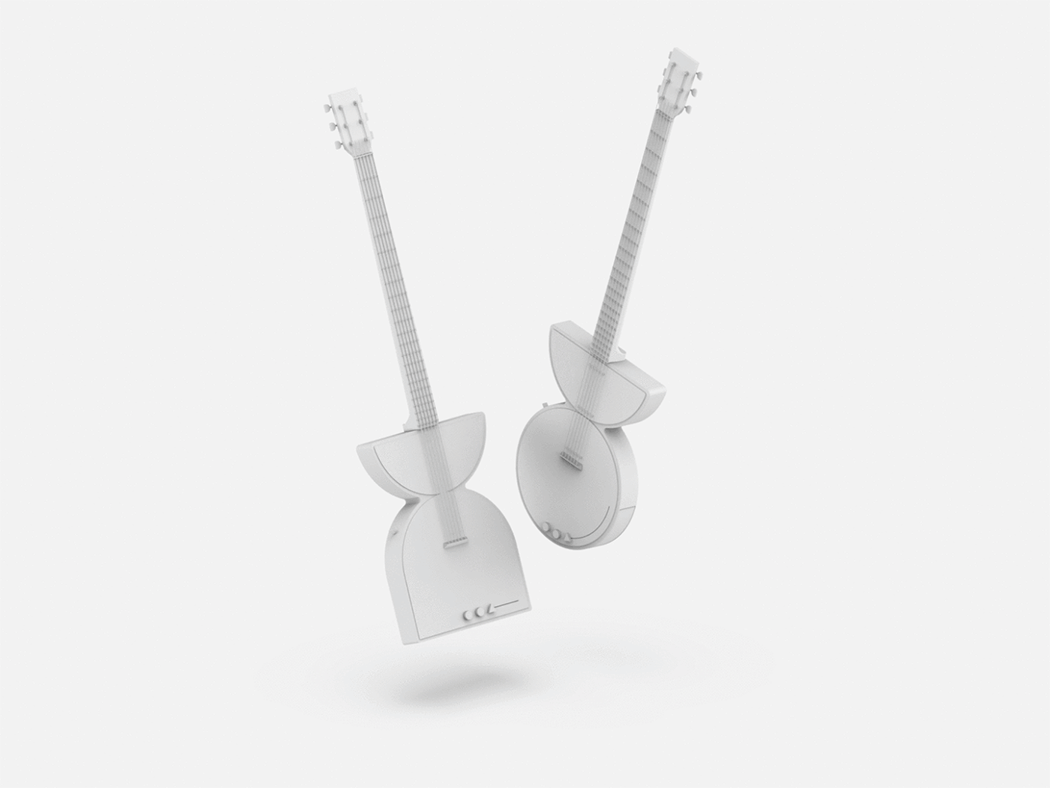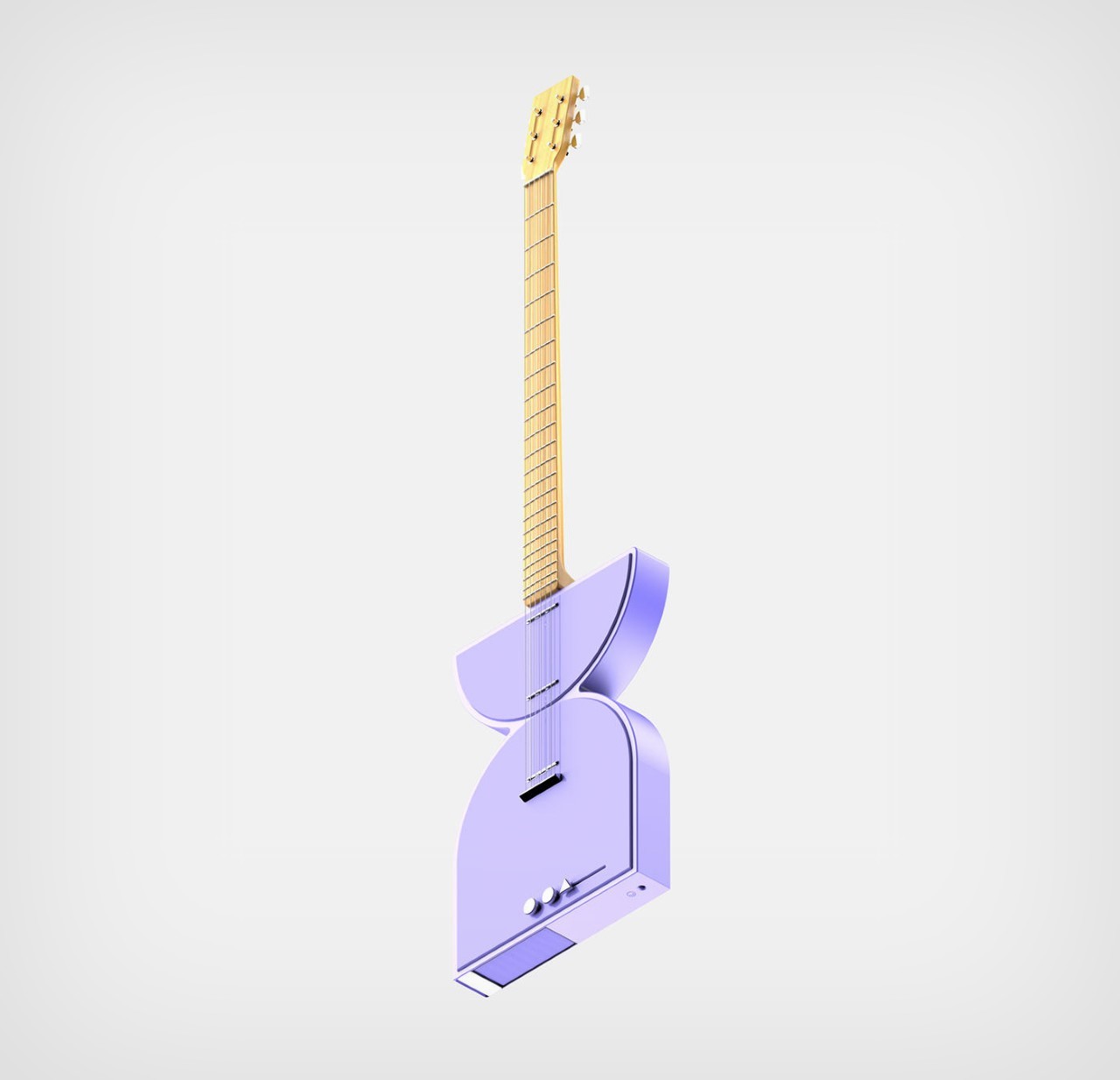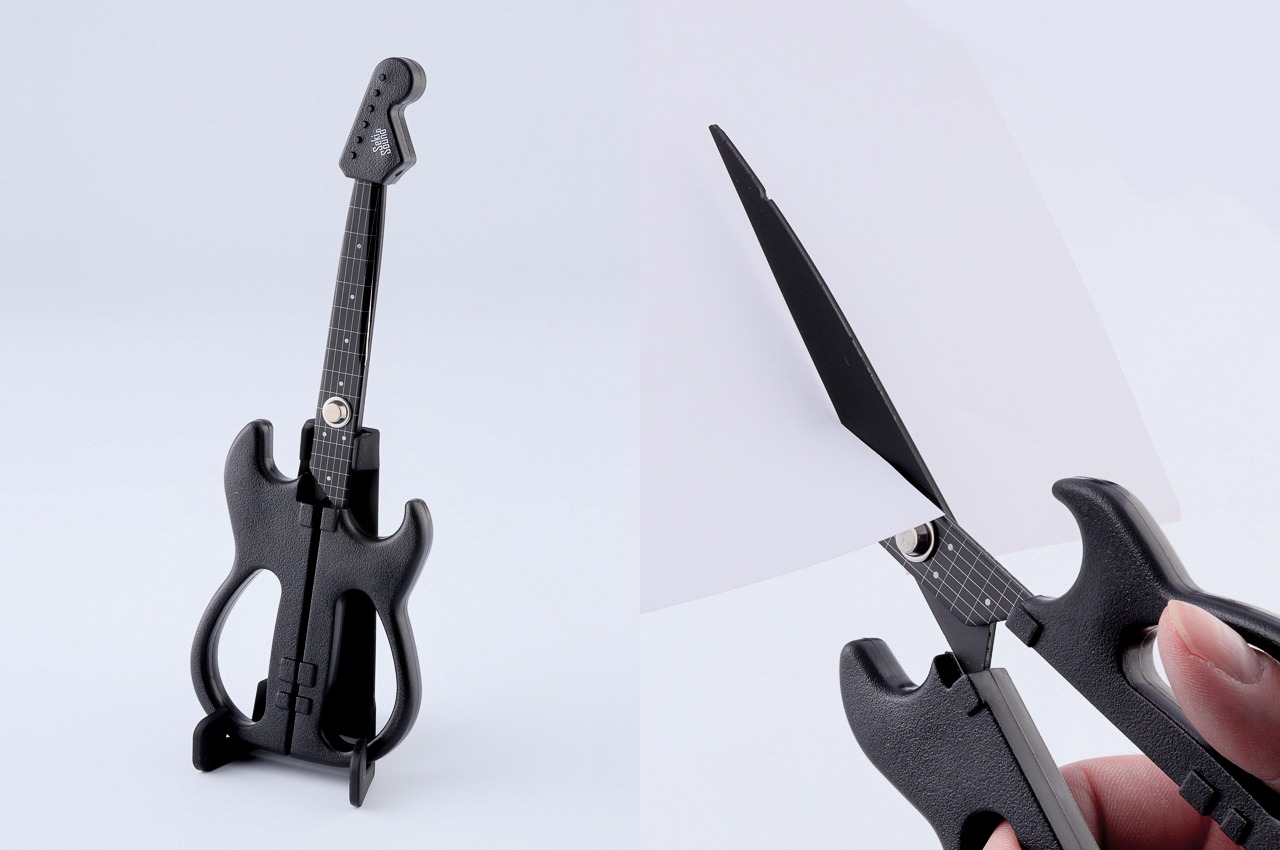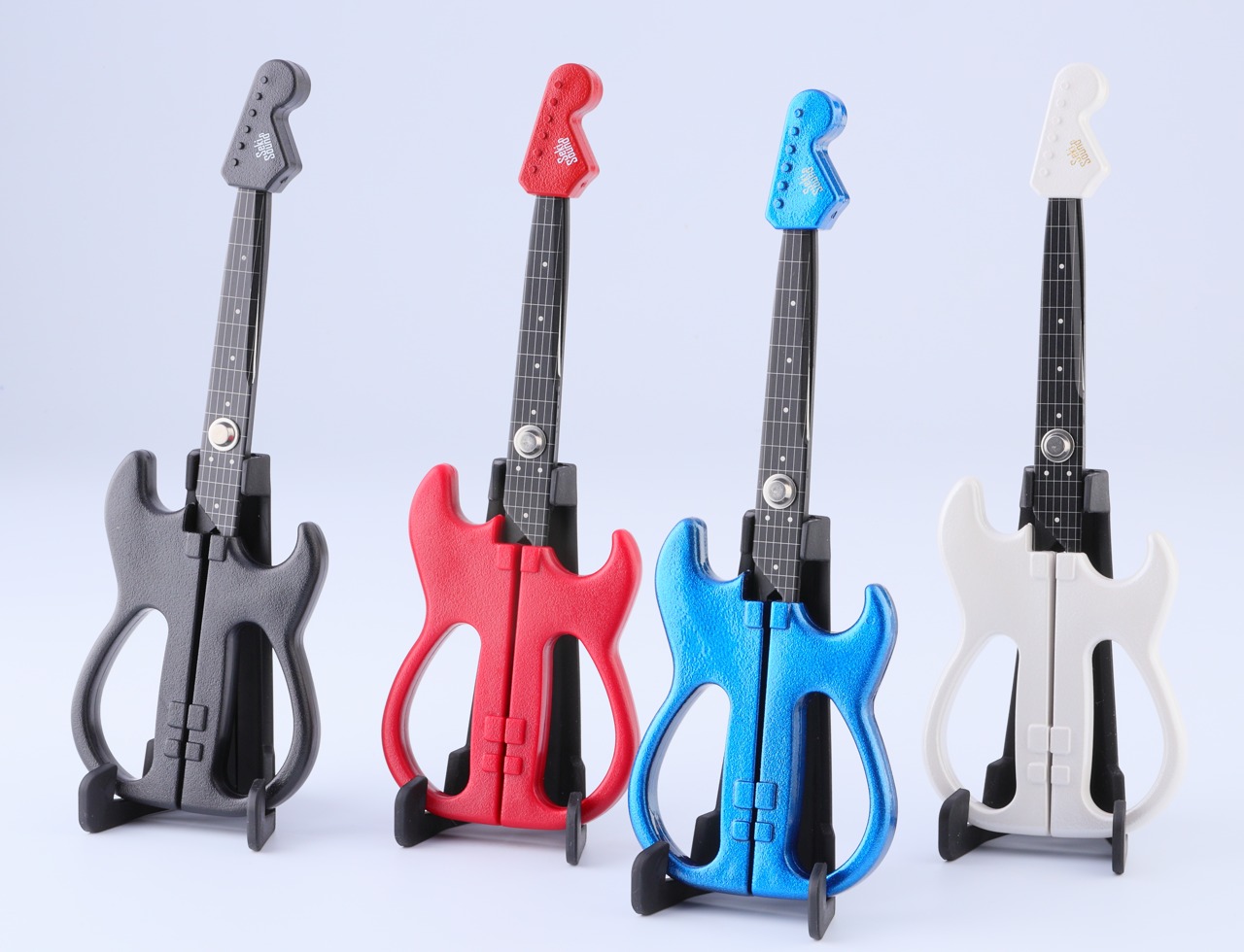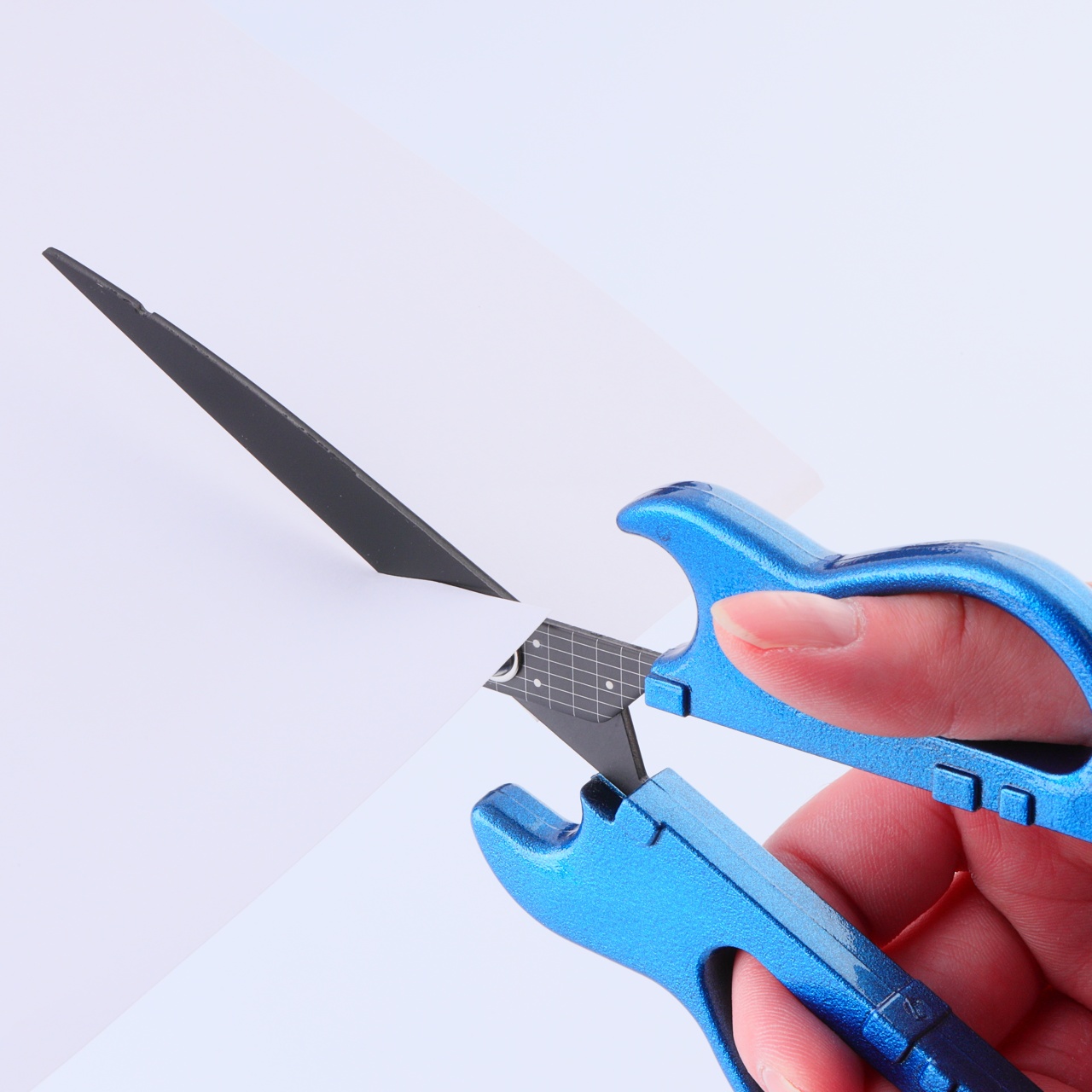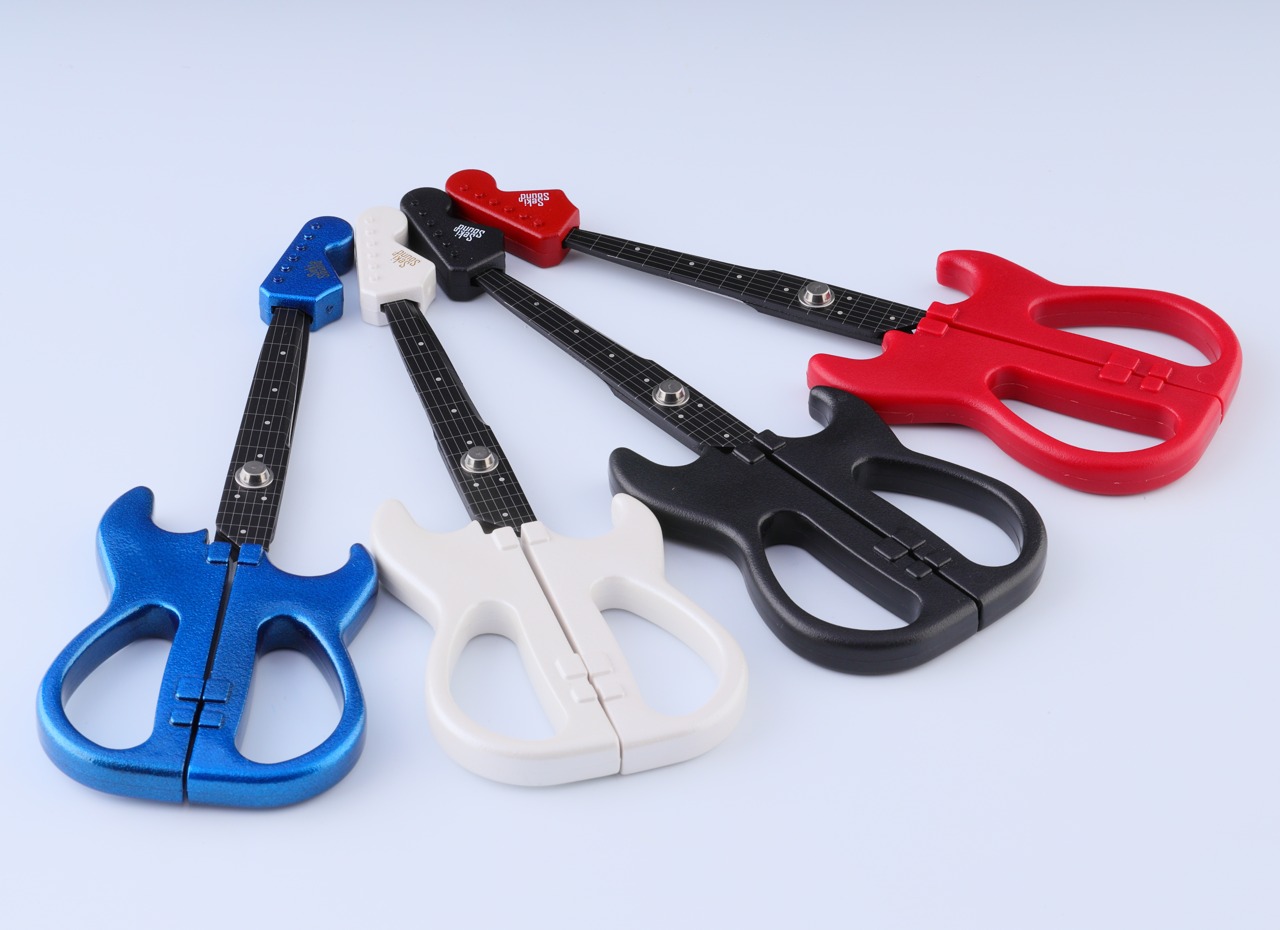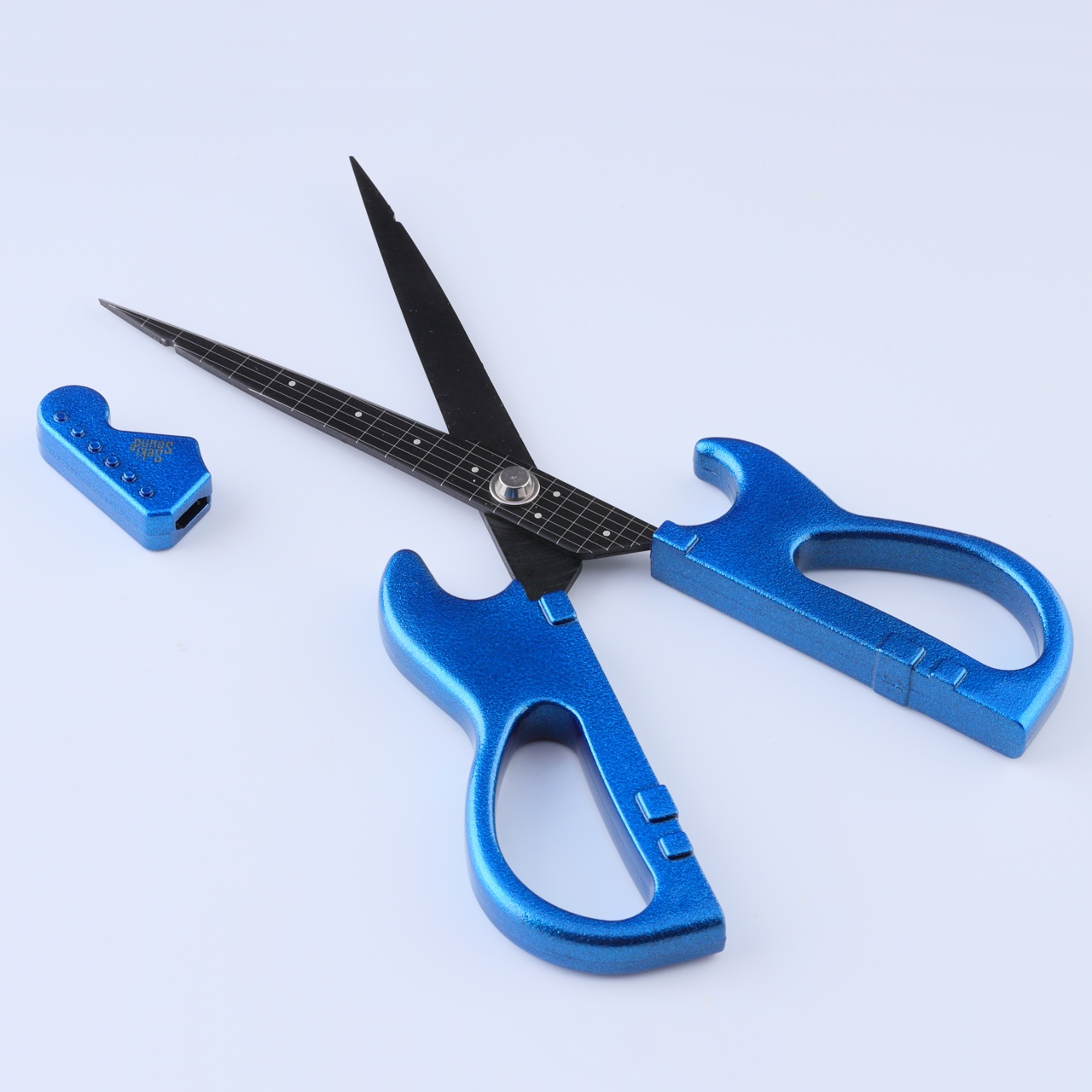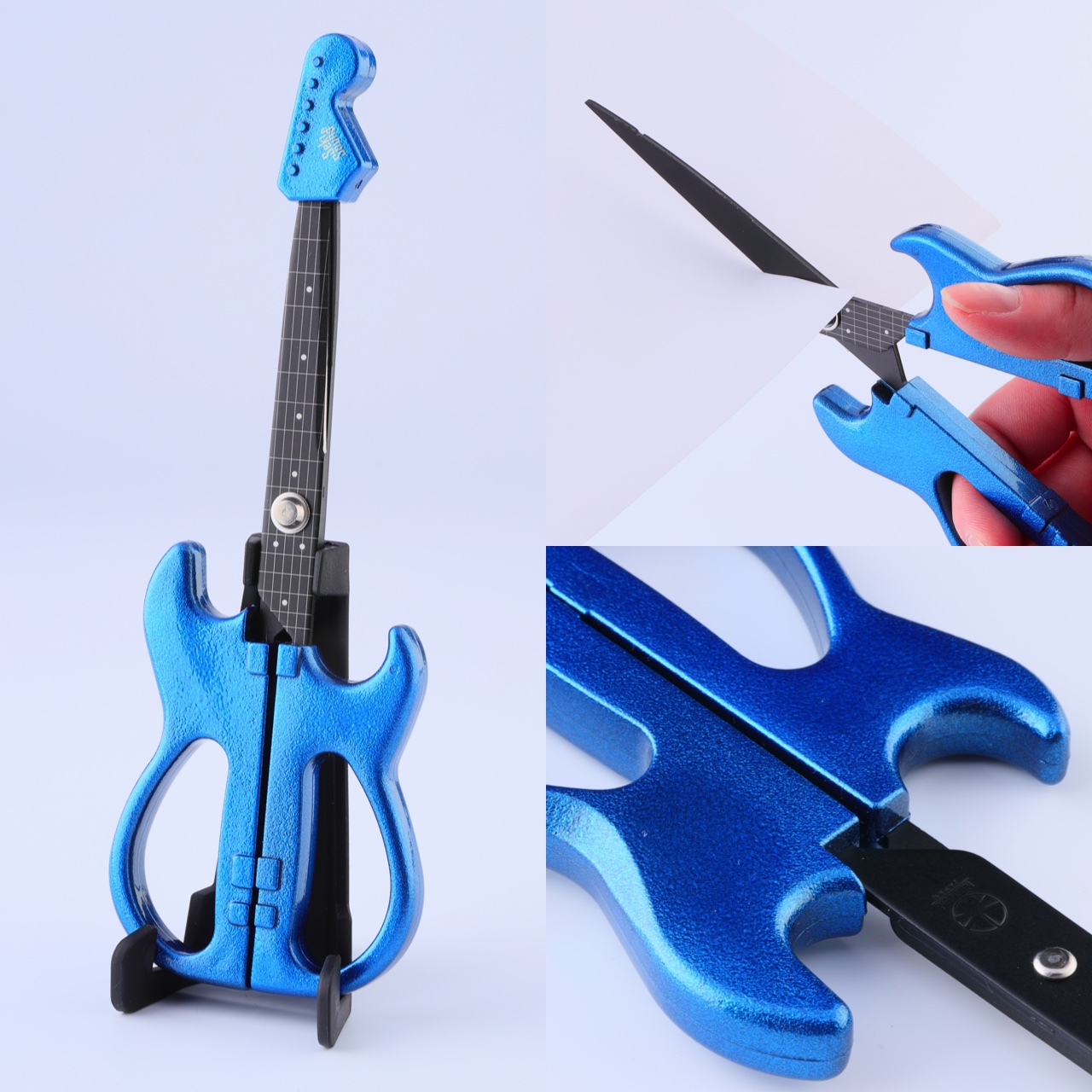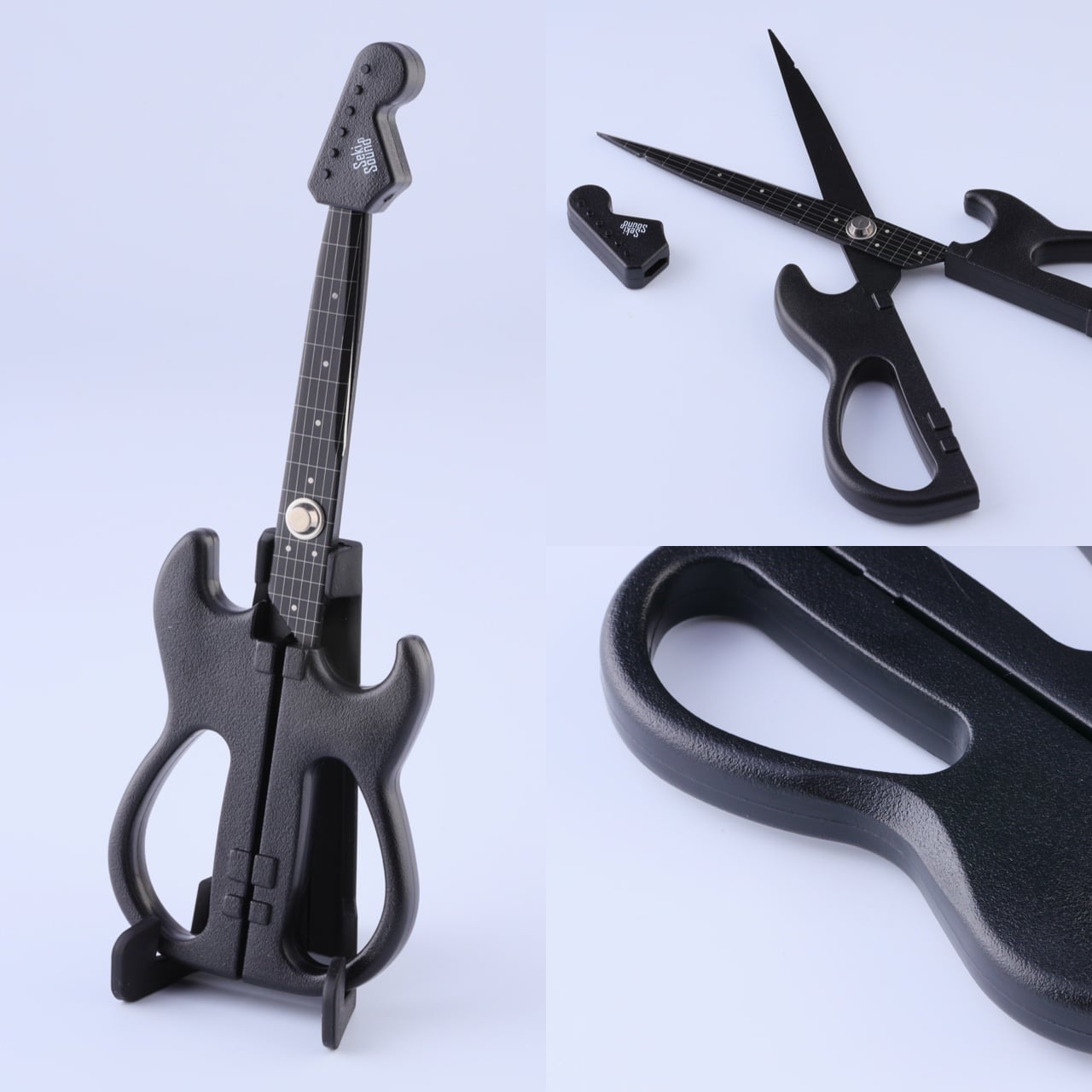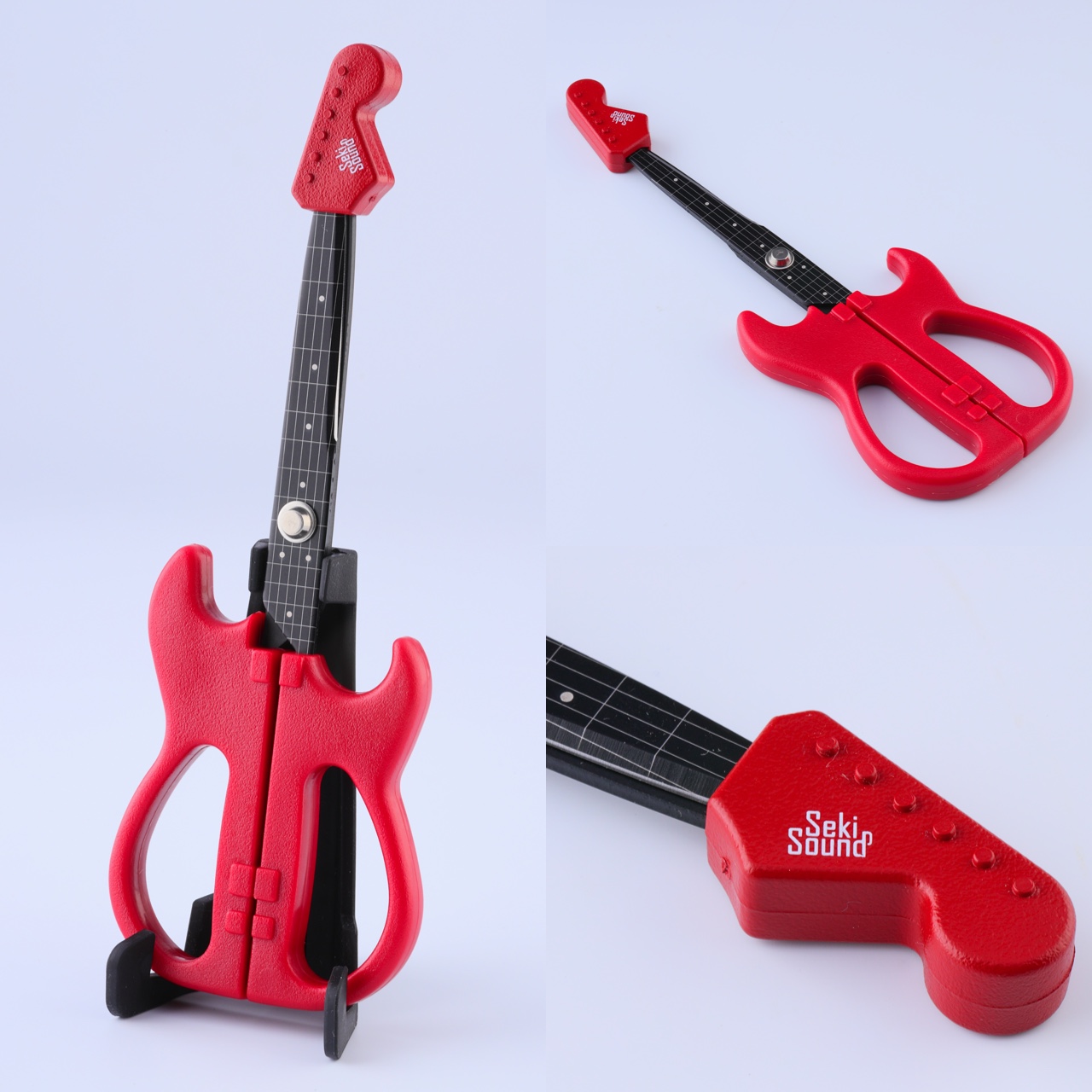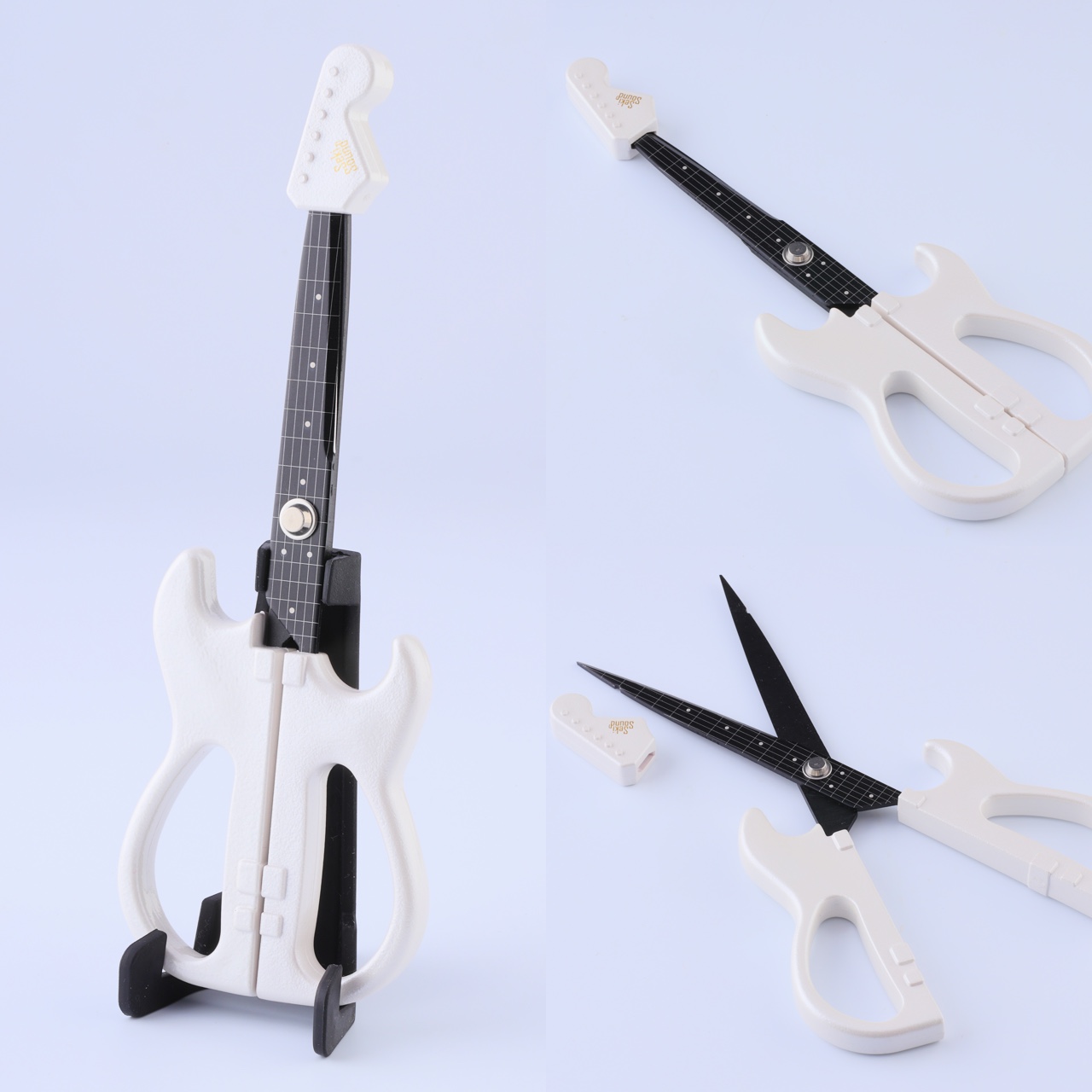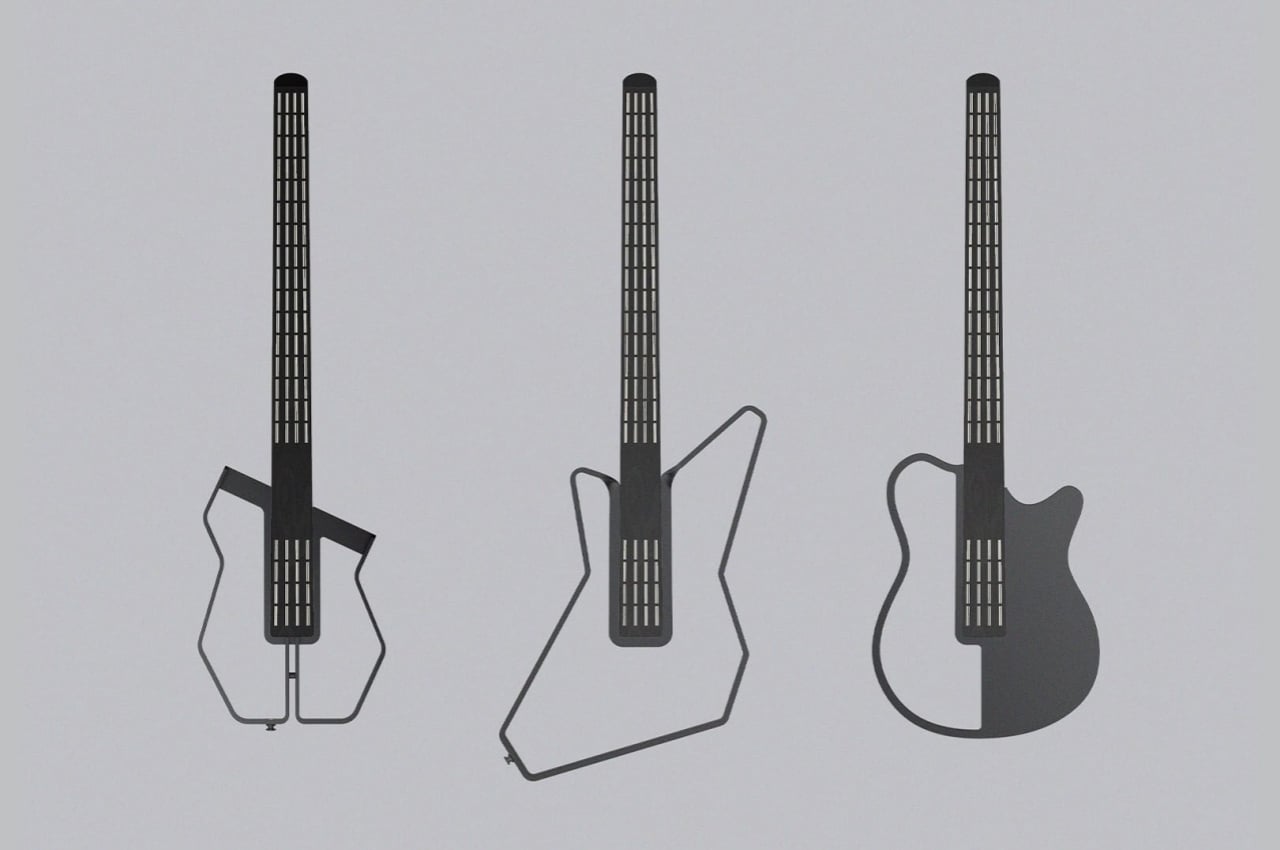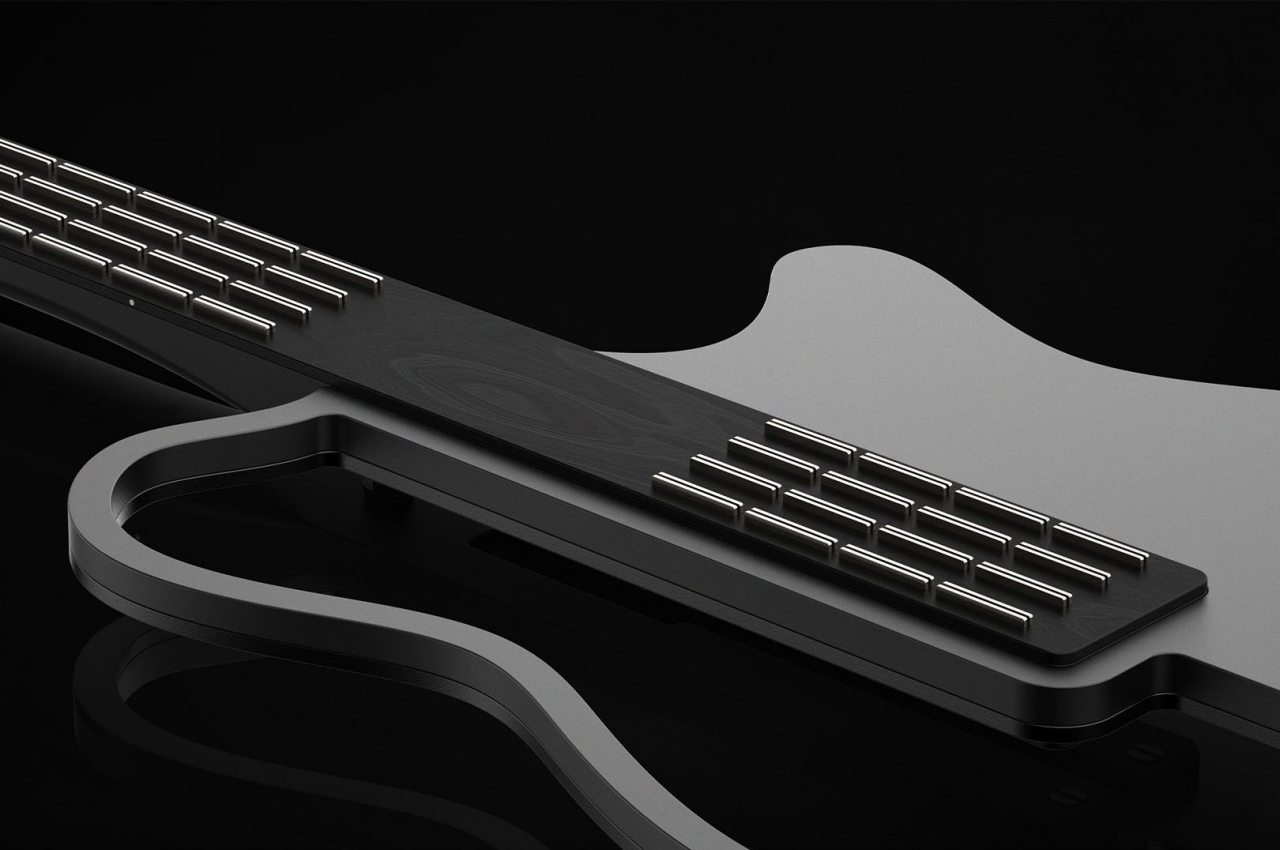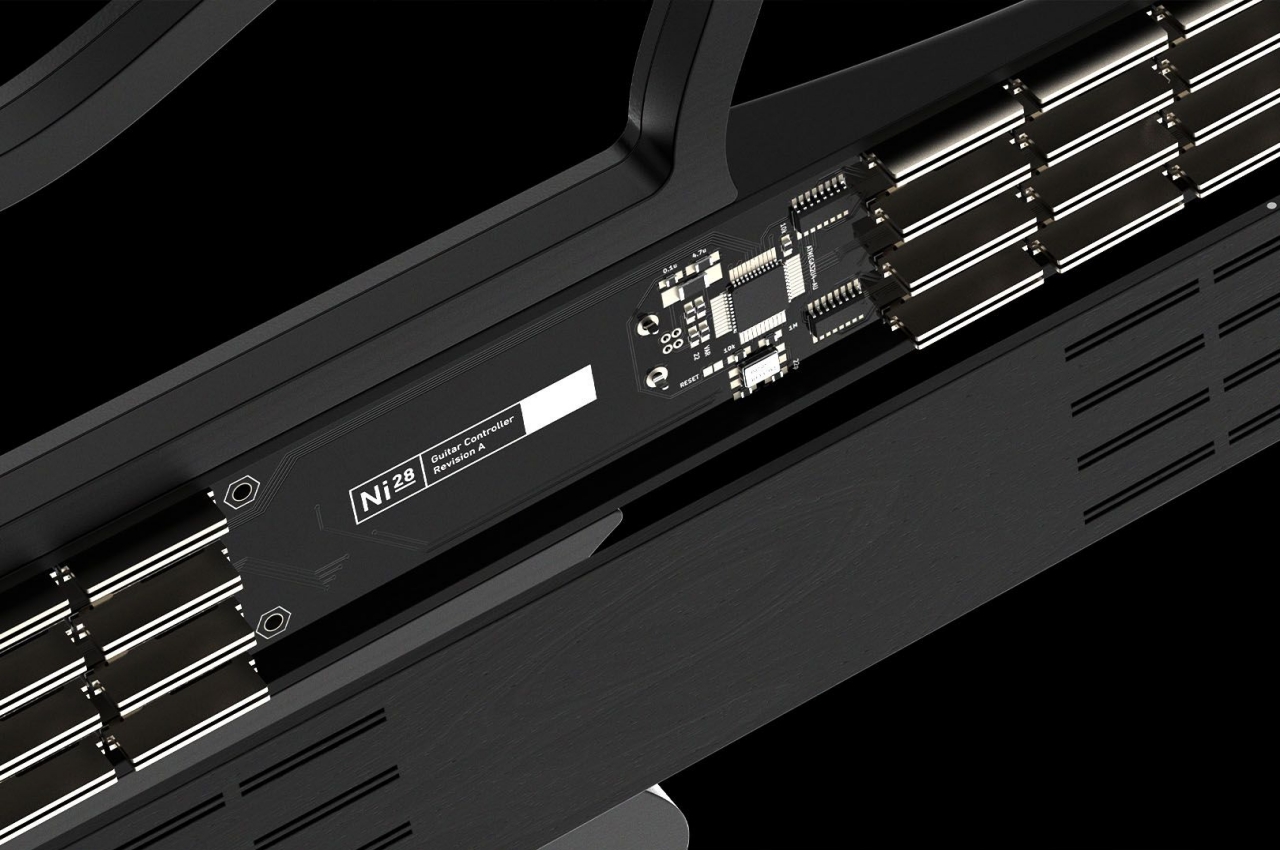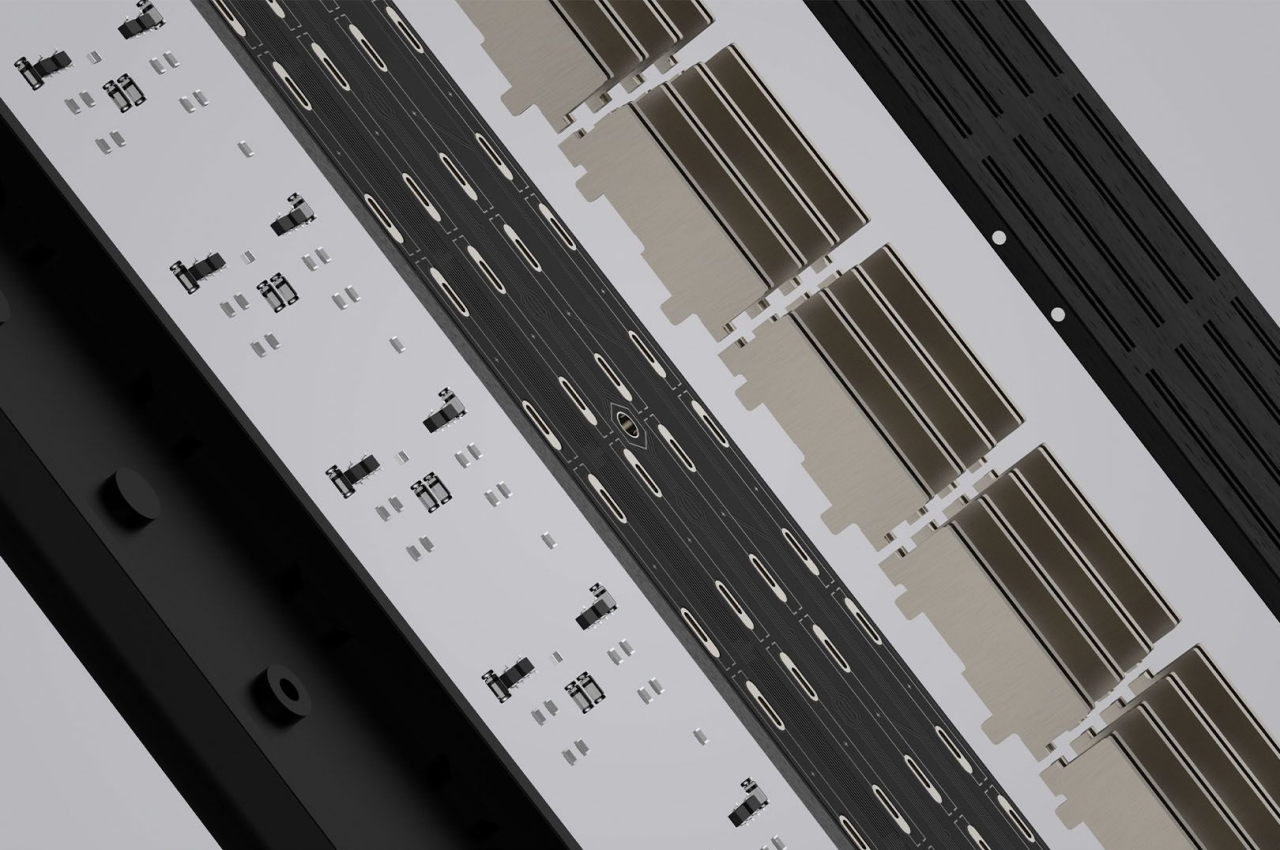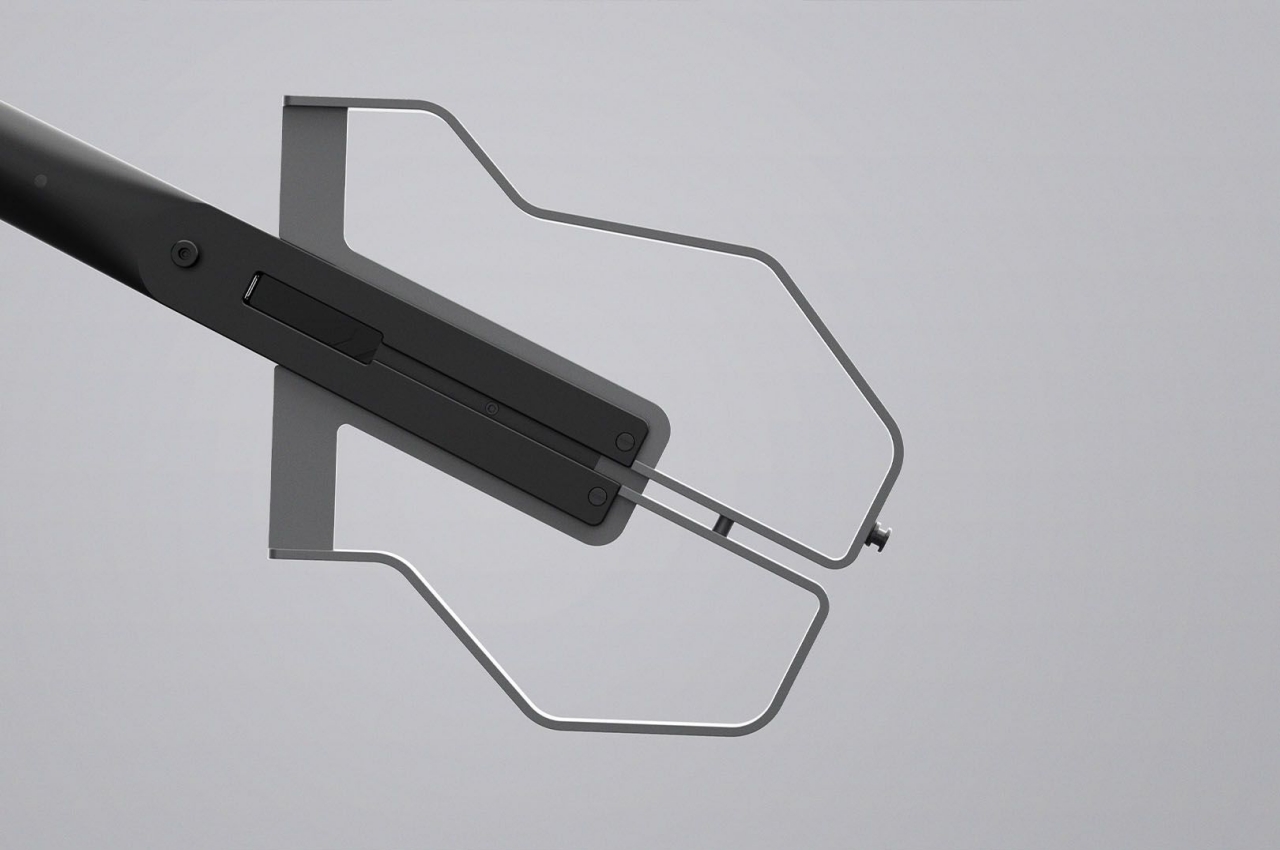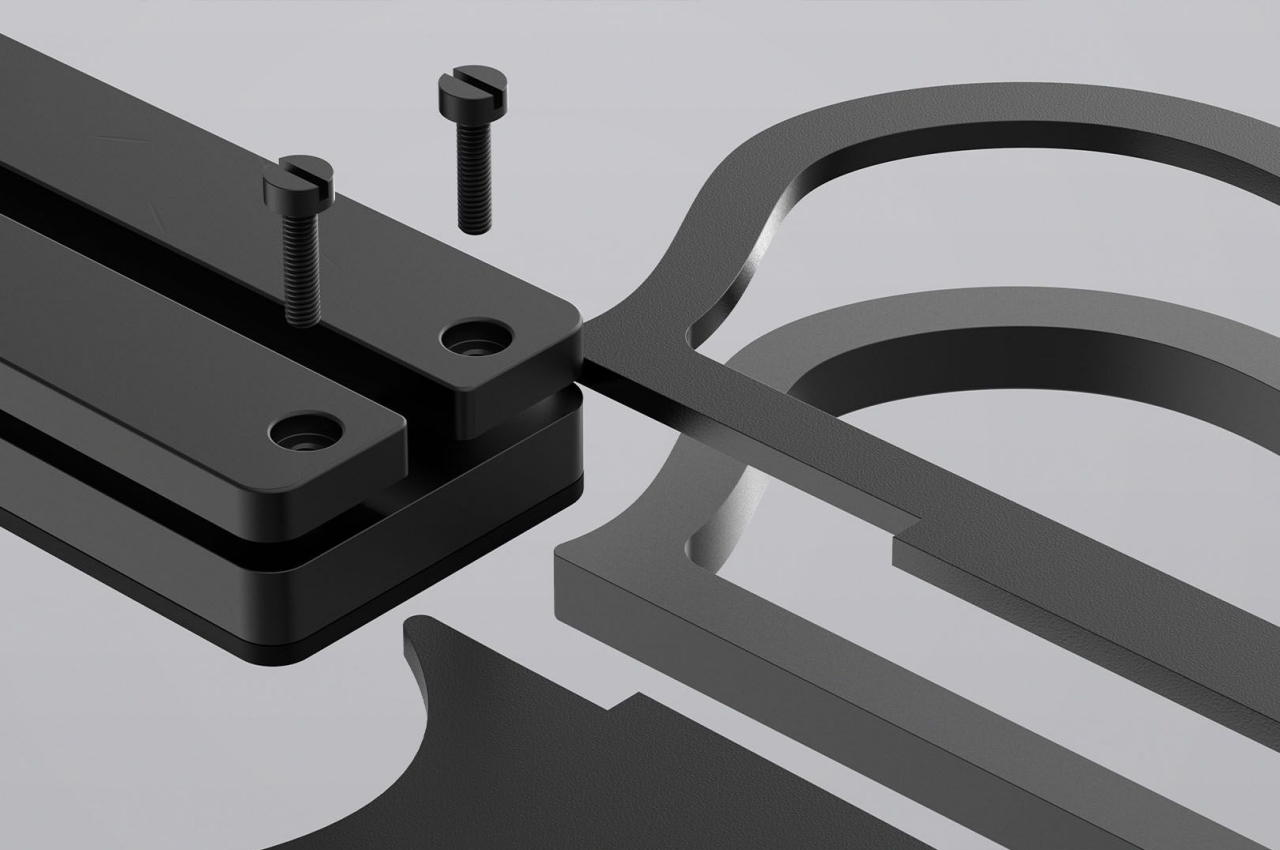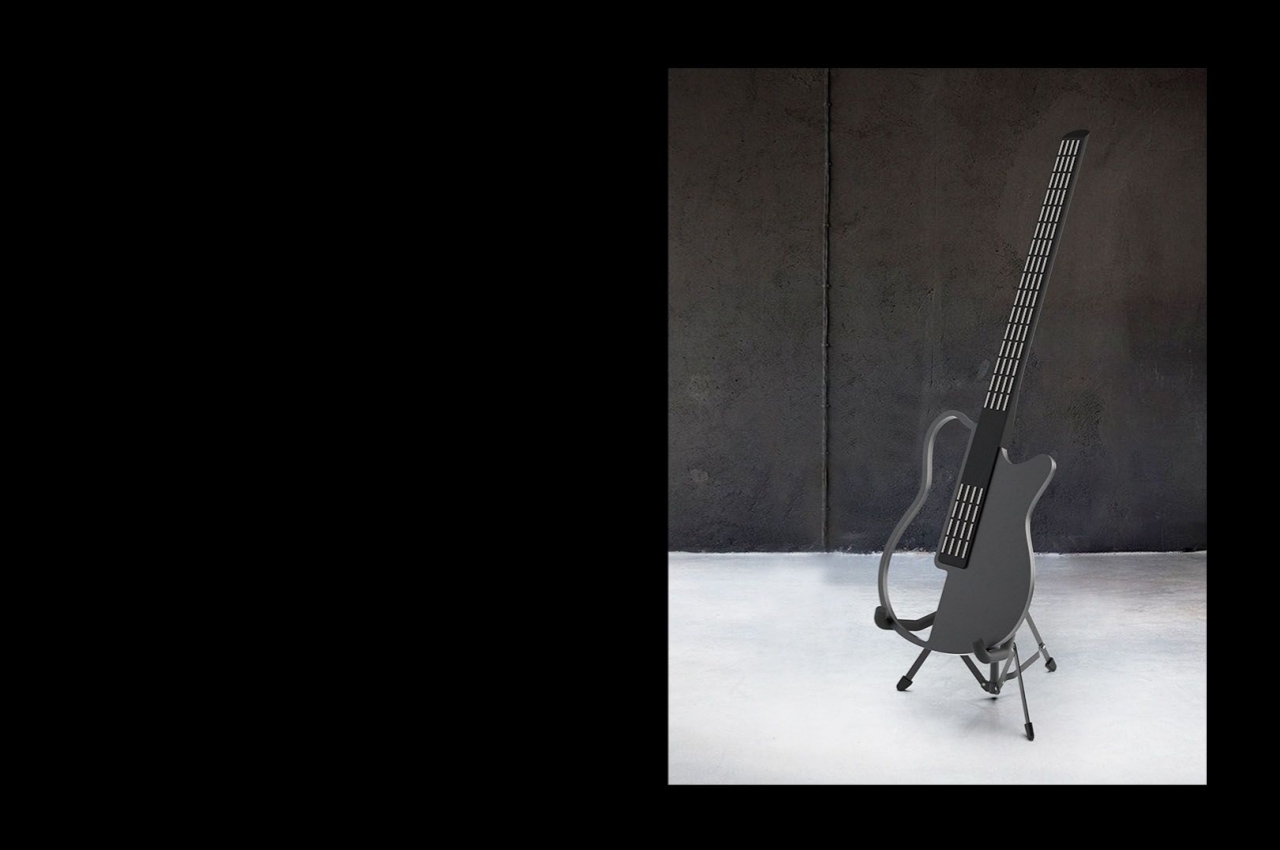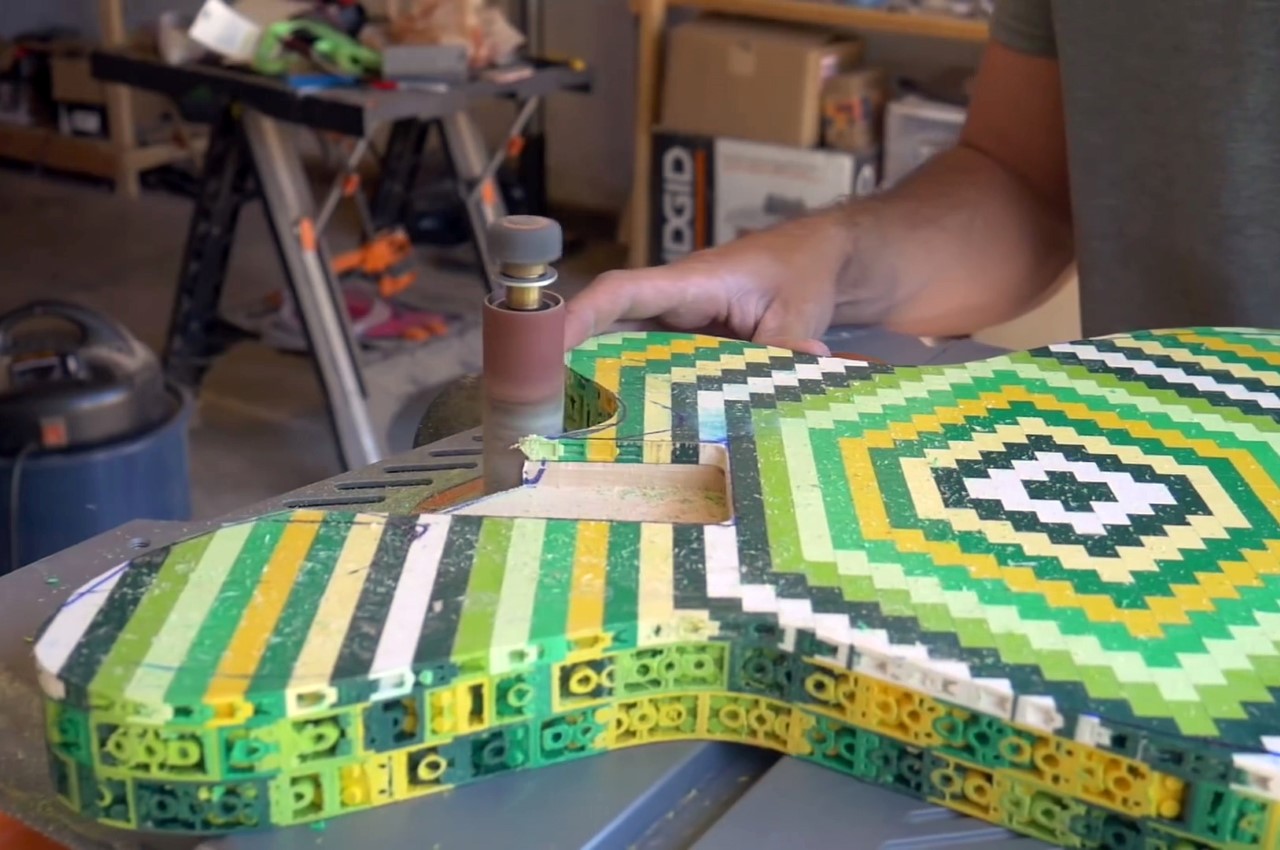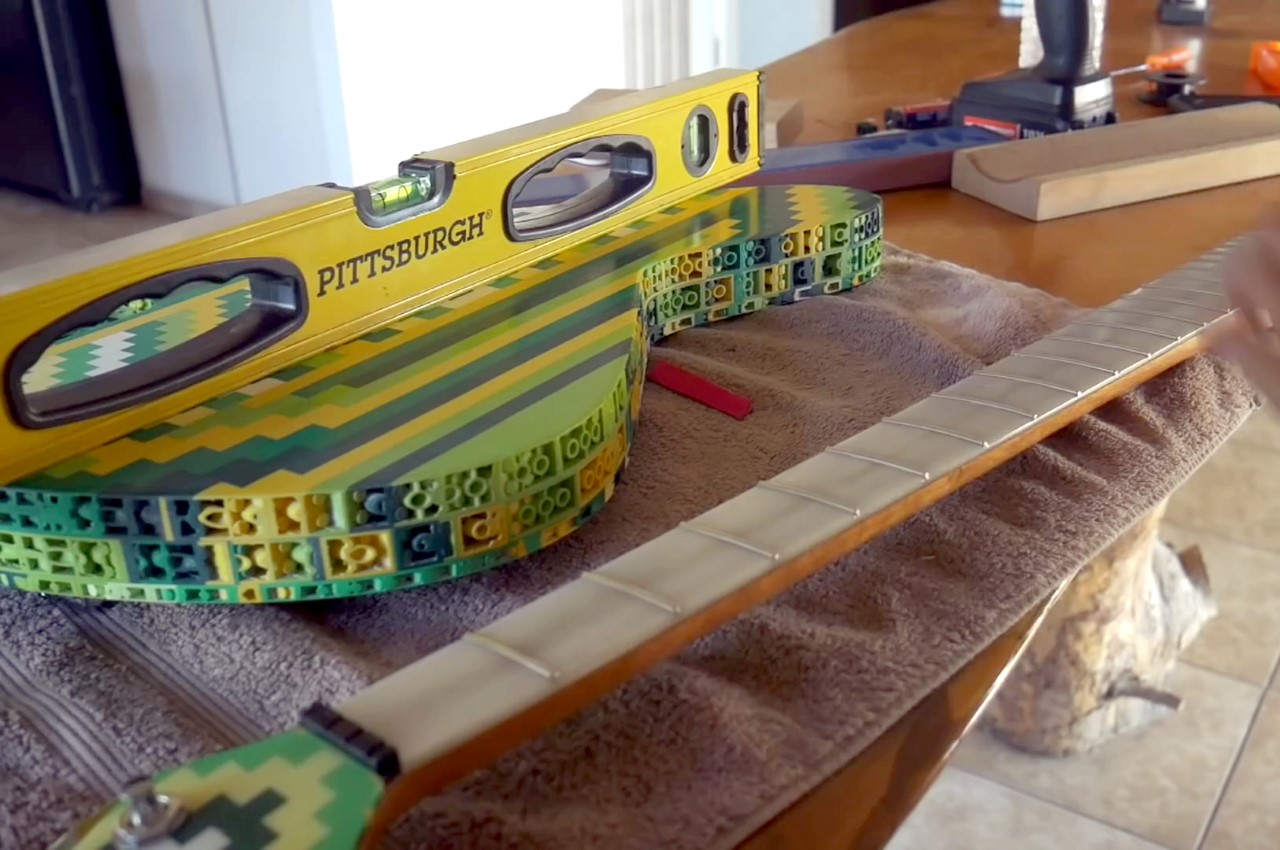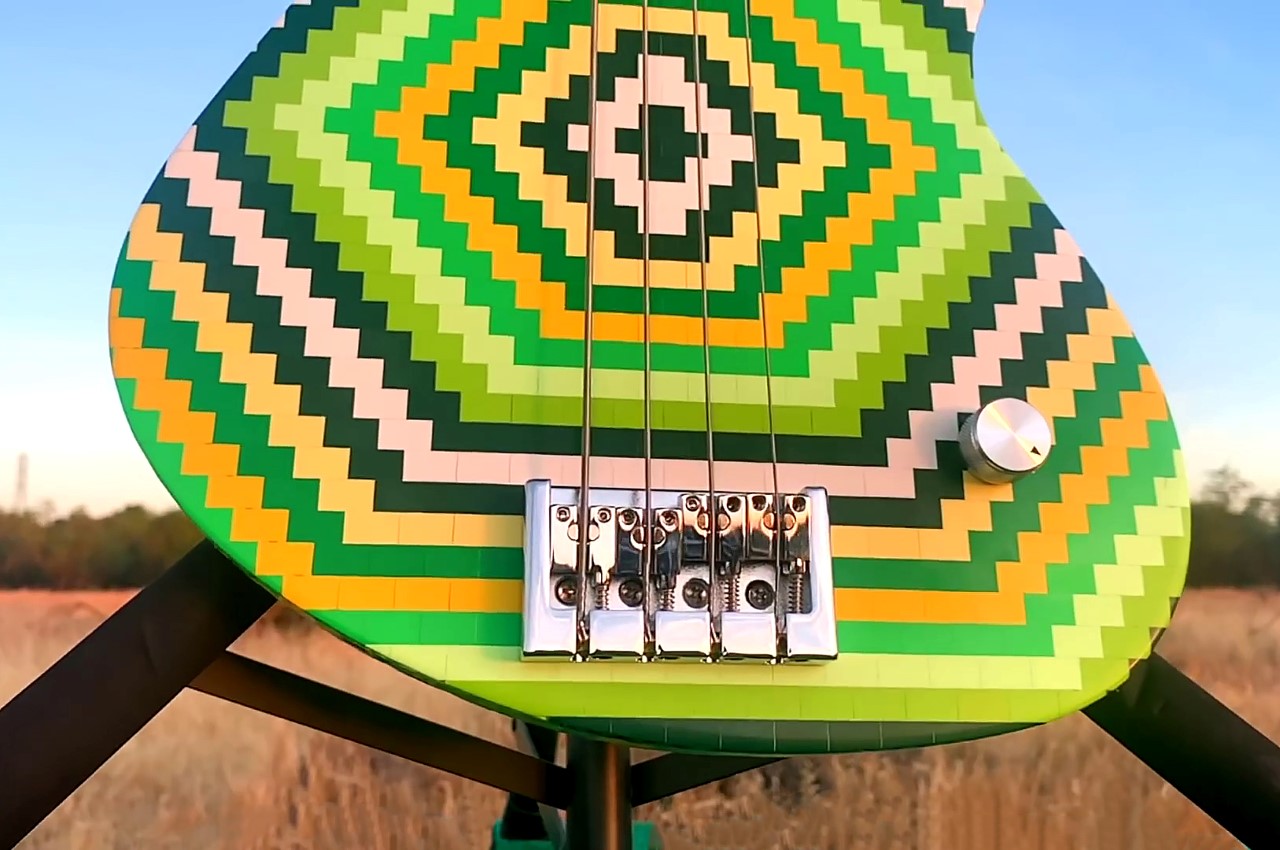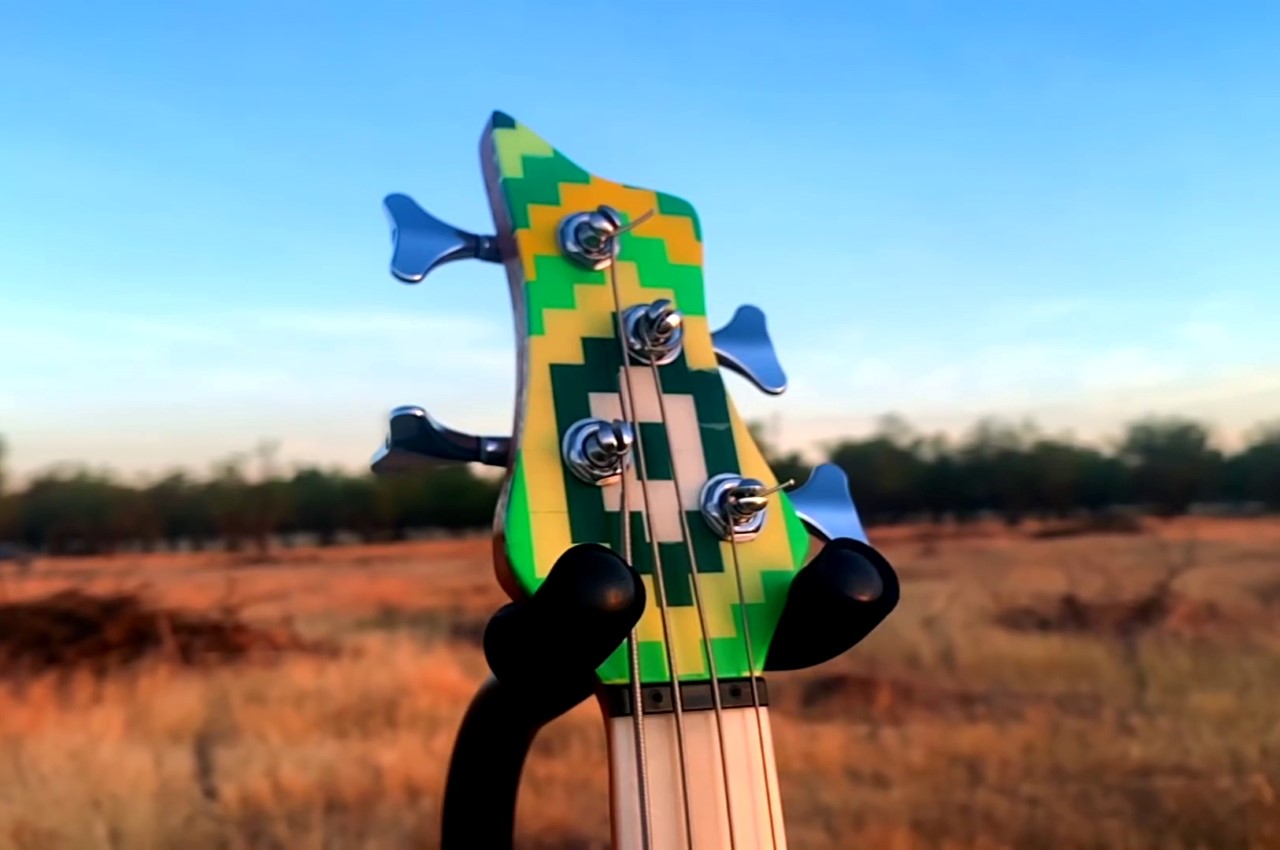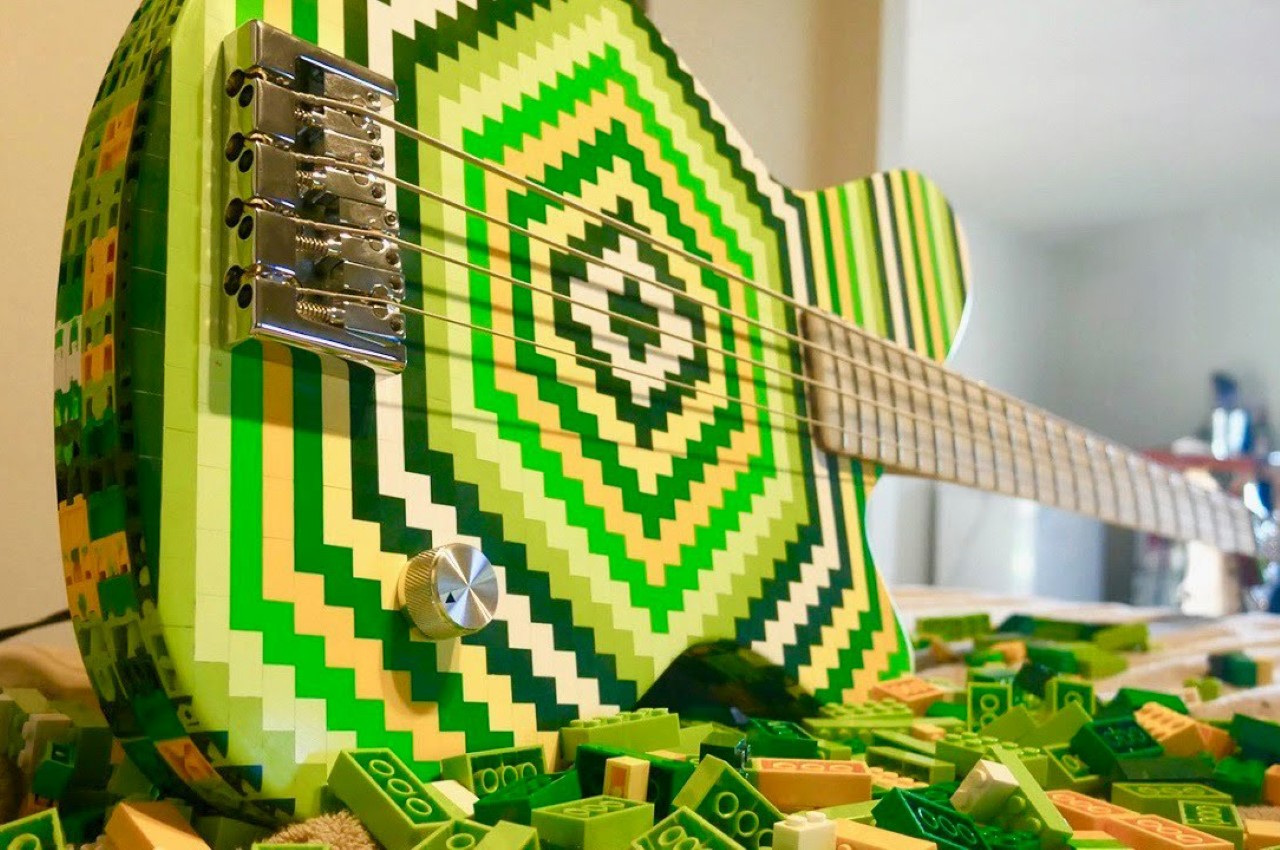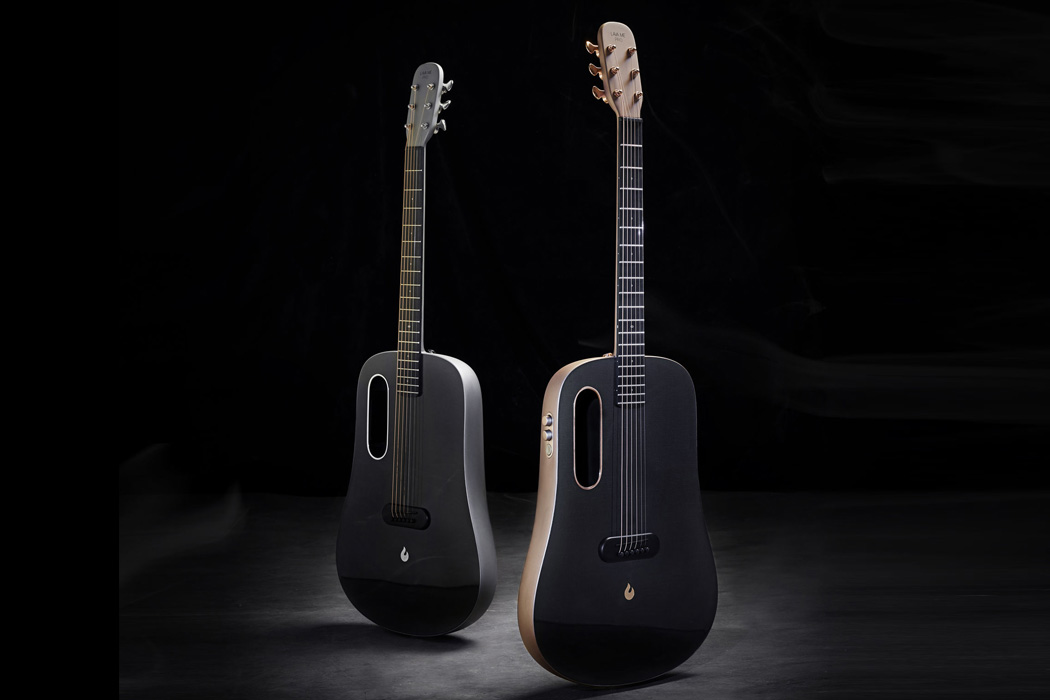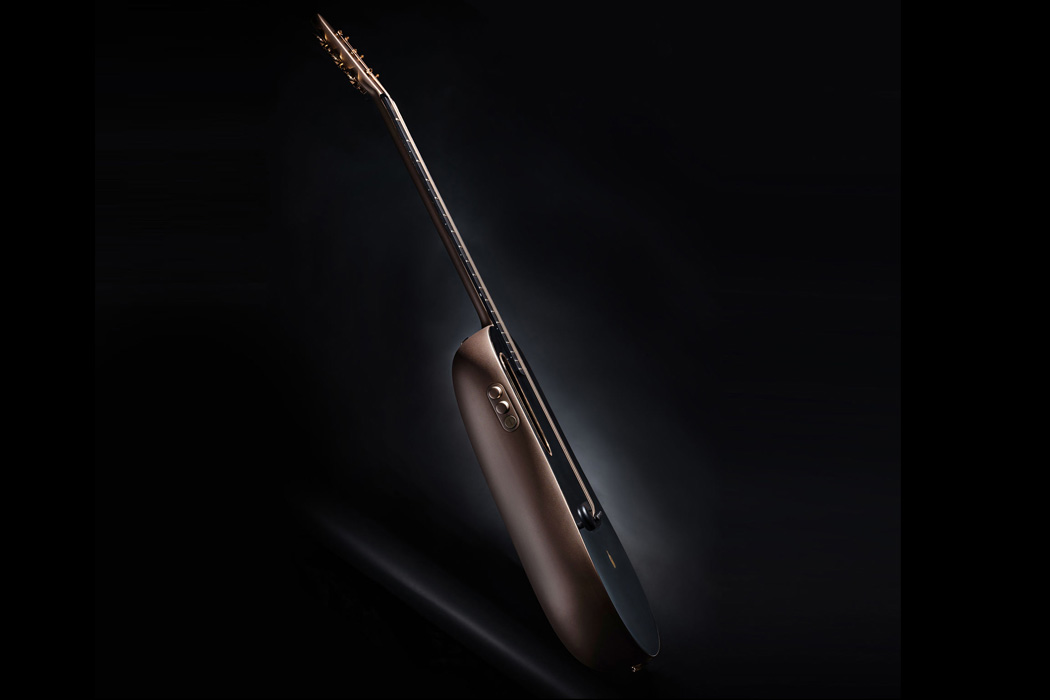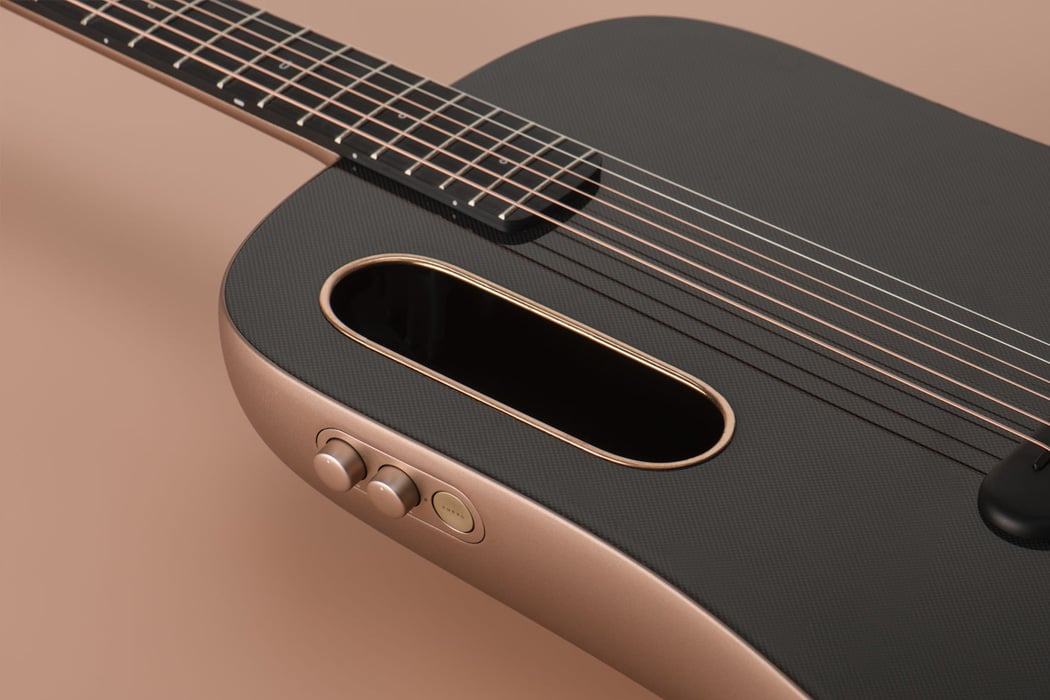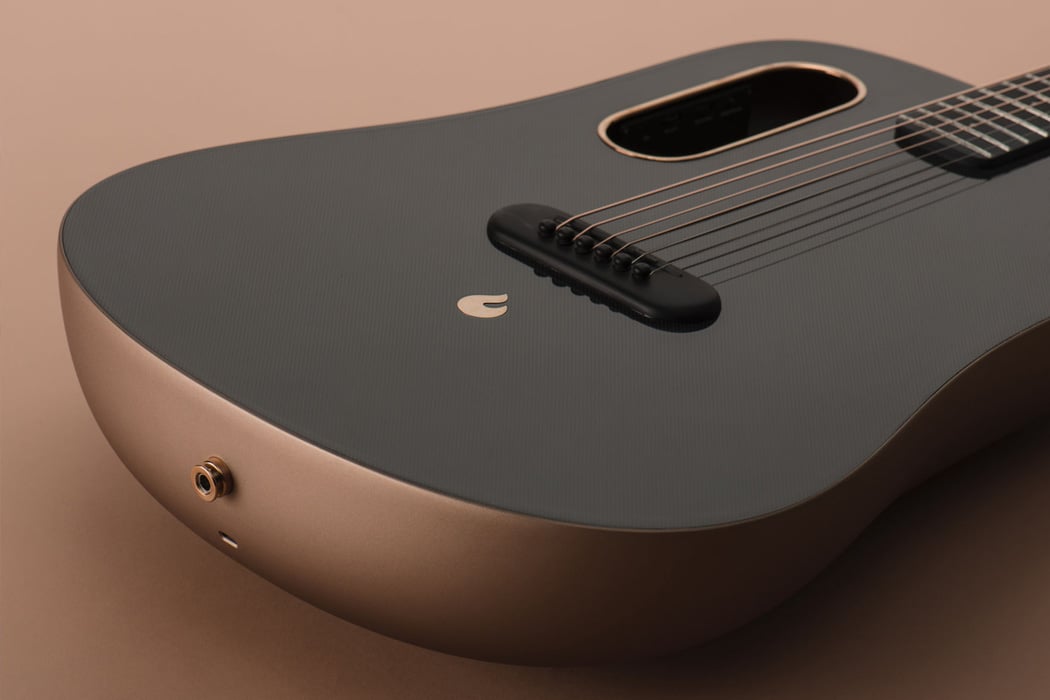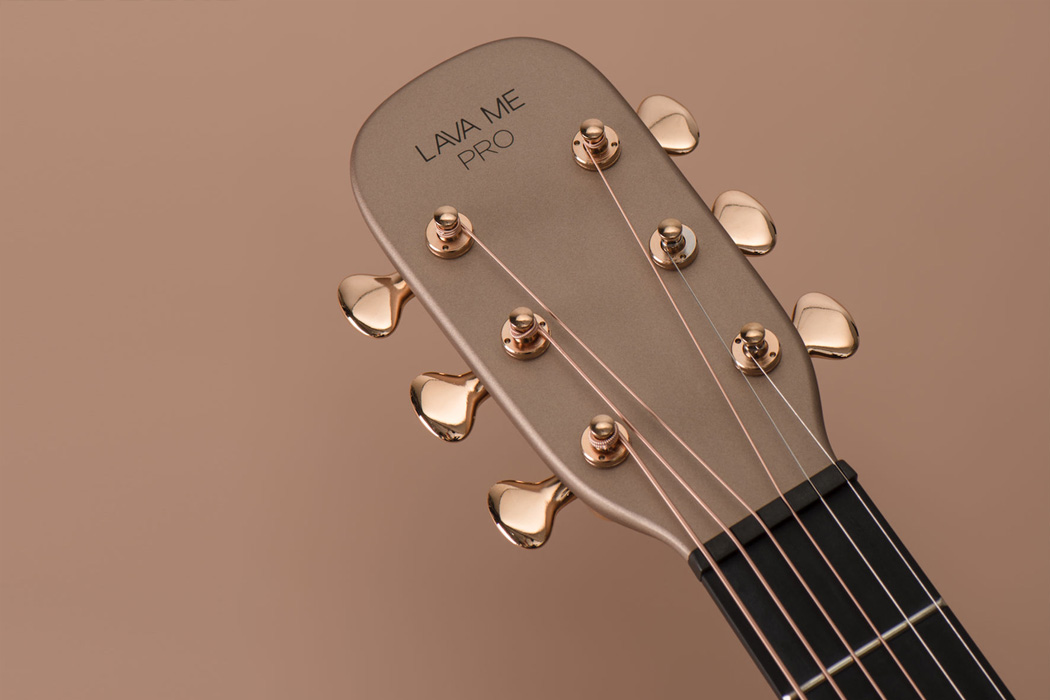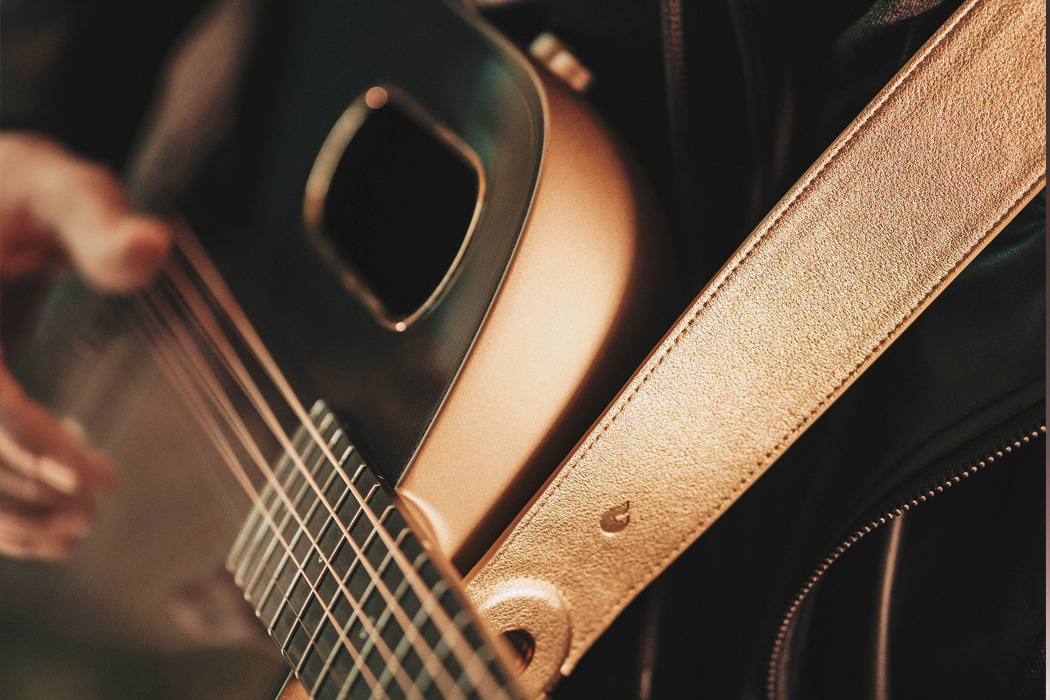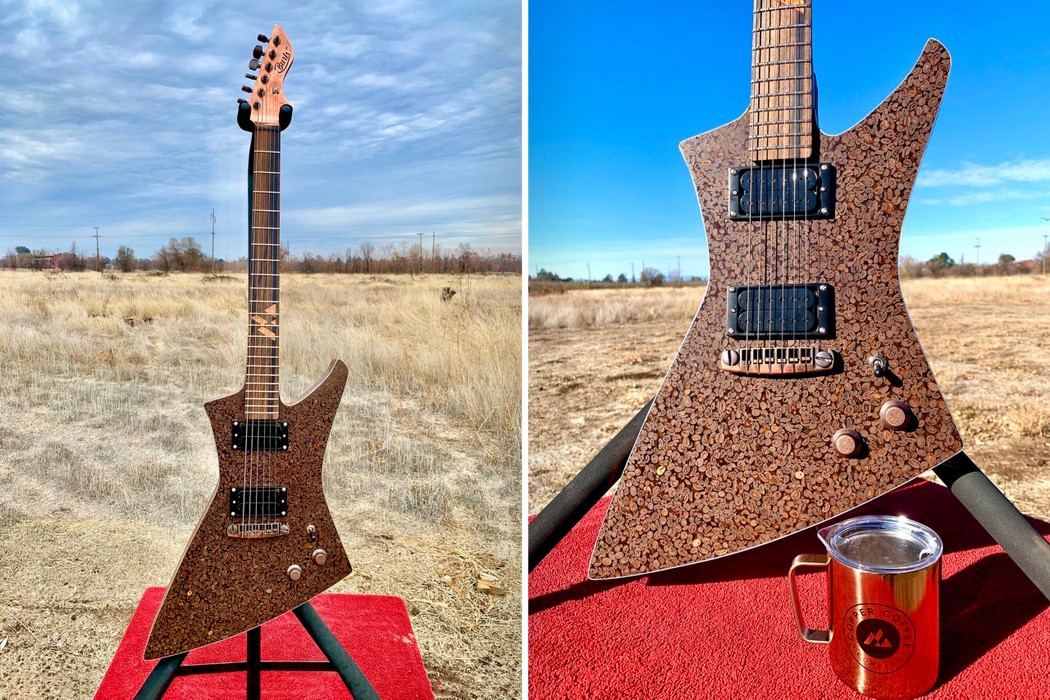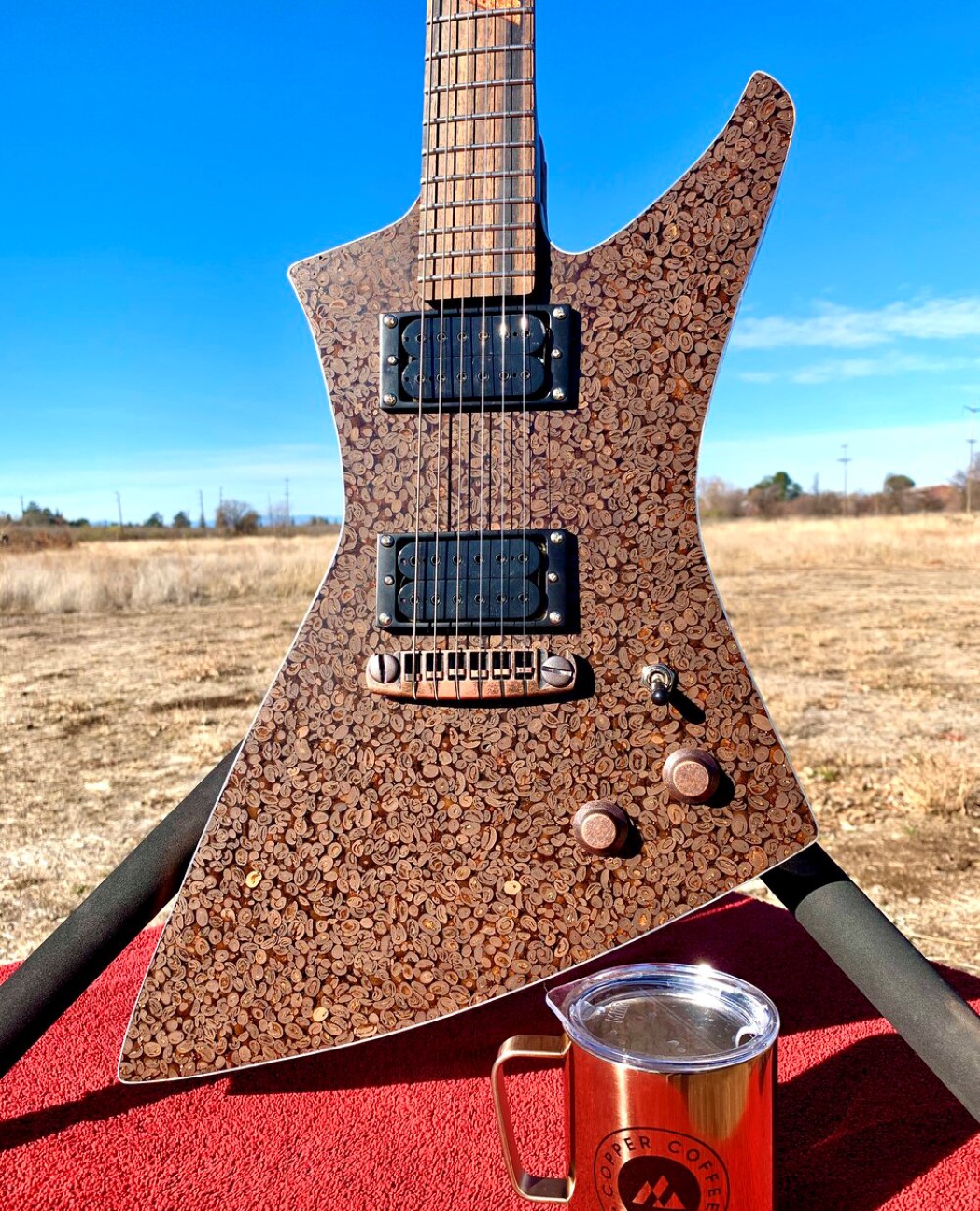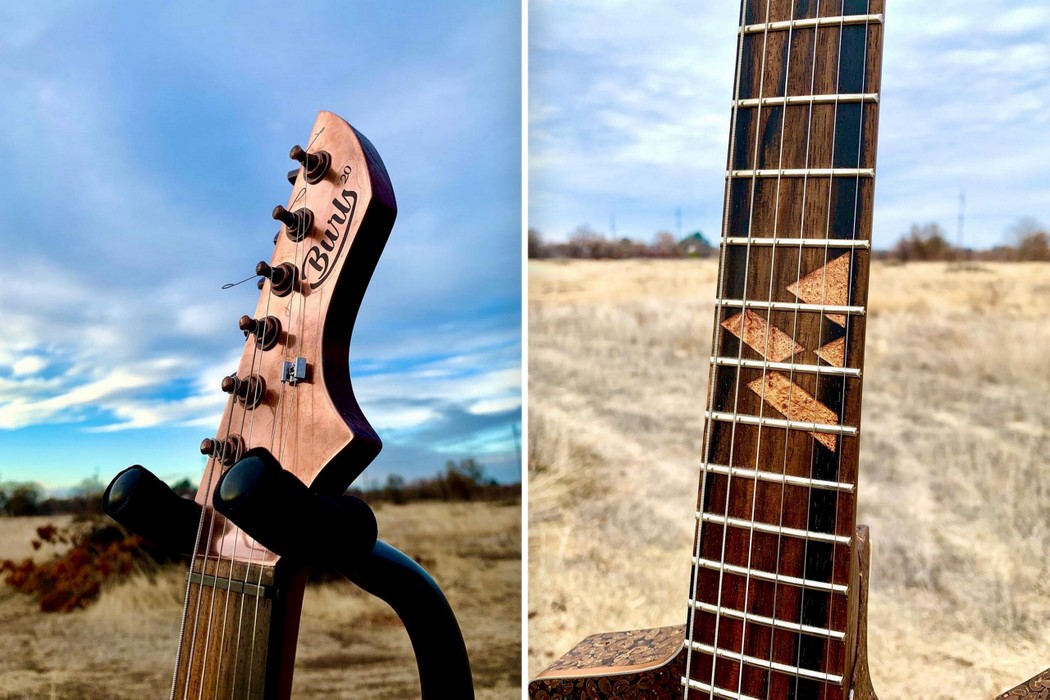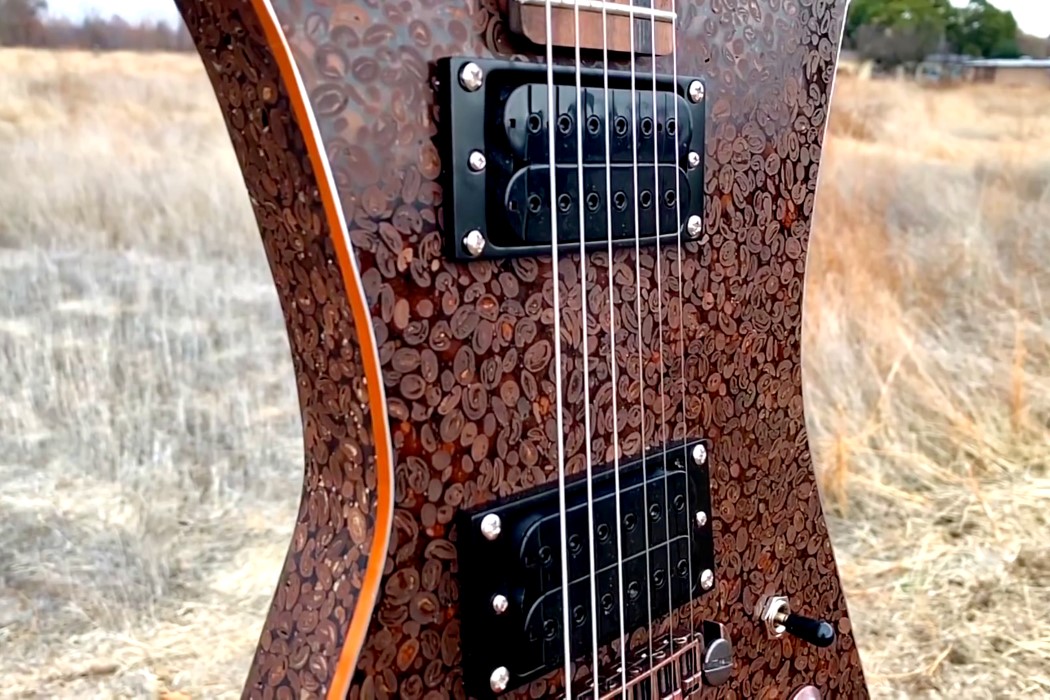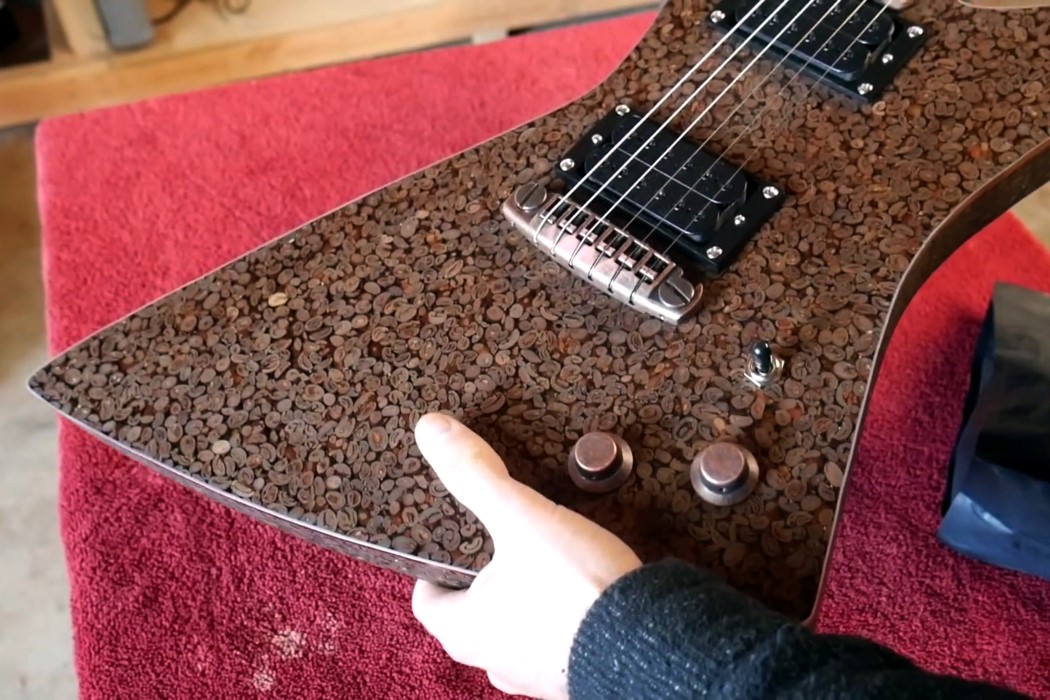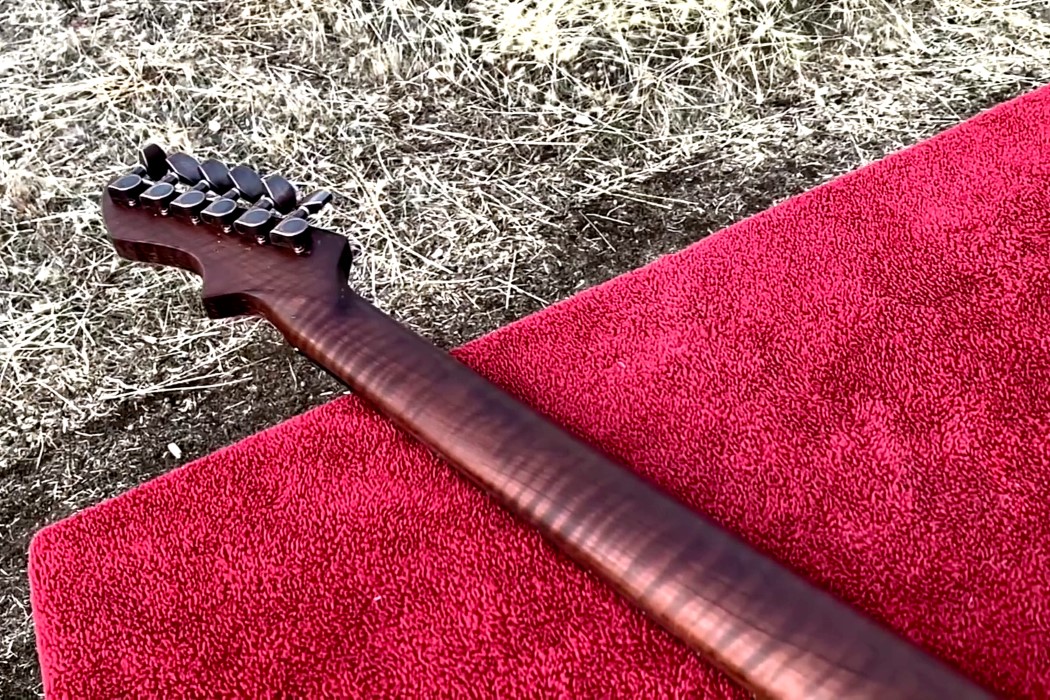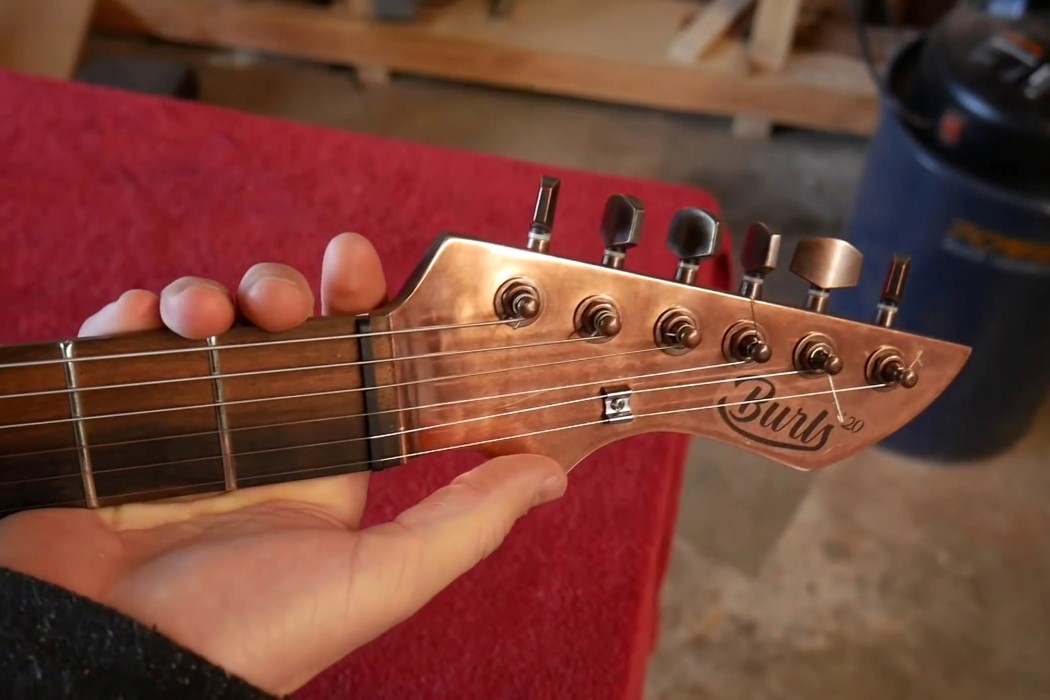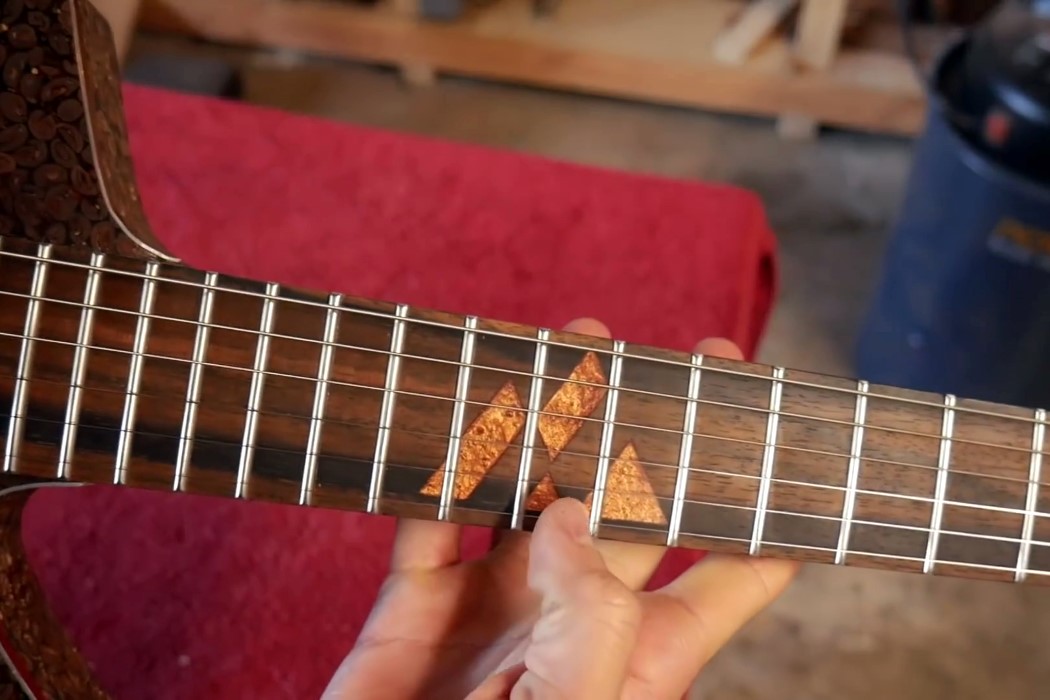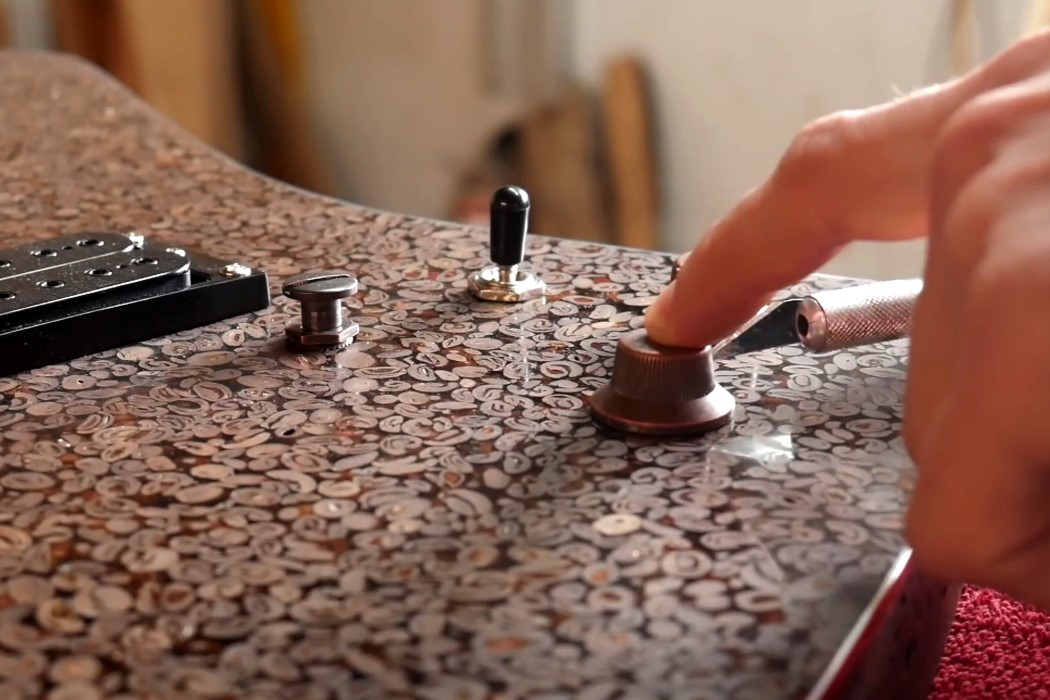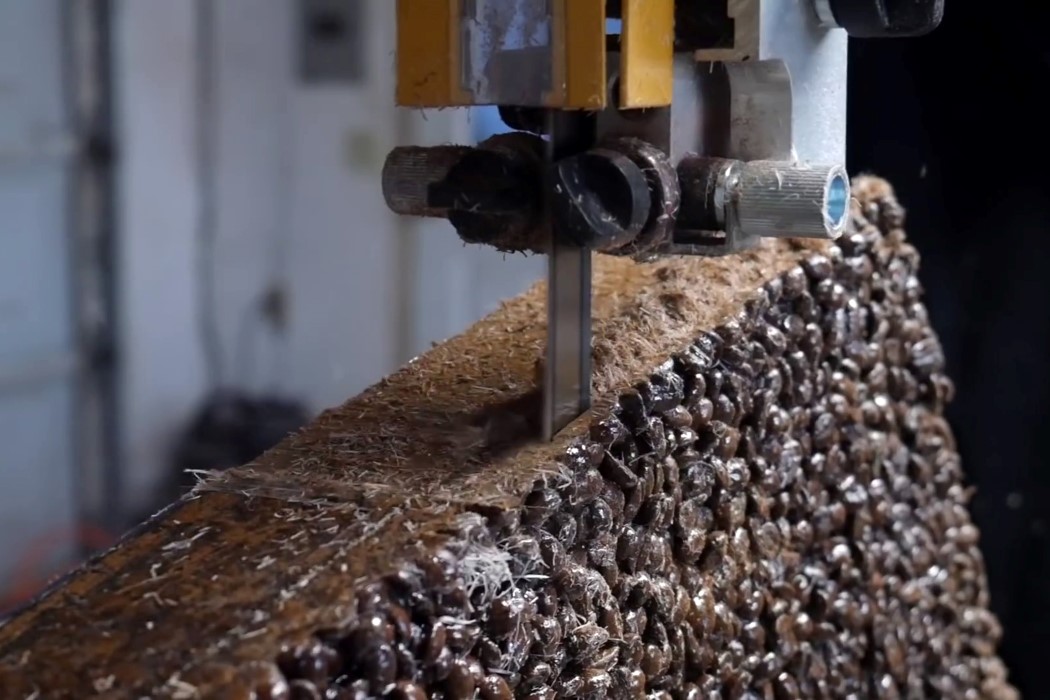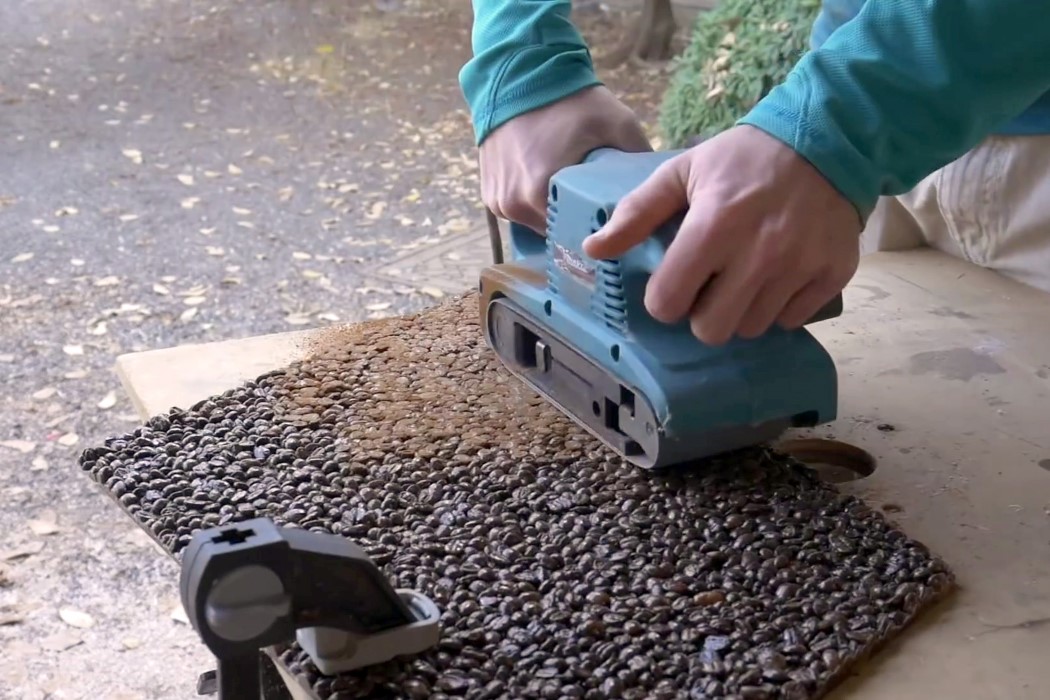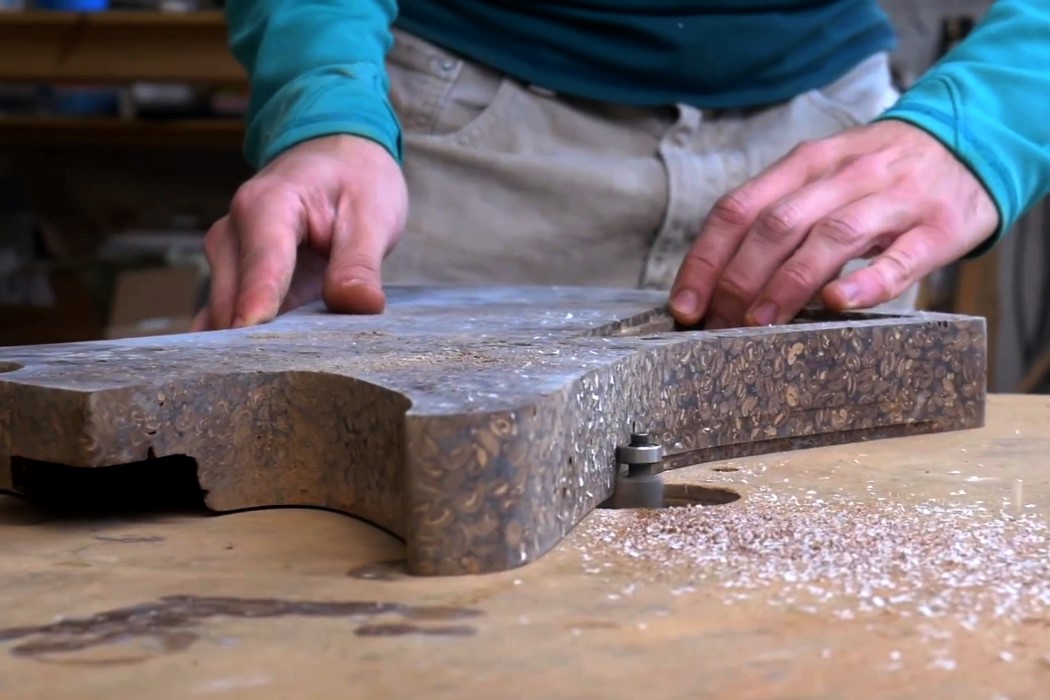Ever dream of strumming on stage like Taylor Swift or effortlessly playing like John Legend? But music theory, chord structures, and difficult-to-master instruments make things tough? That’s where the LAVA GENIE comes in – a new-age guitar that ditches strings for touch-sensitive pads, powered by an AI that makes learning, playing, and sampling music easier.
Designed to be used by total beginners as well as seasoned musicians, the LAVA GENIE is an all-in-one instrument that removes the hurdles of traditional instruments, putting a world of sound in your hands, ready to play anytime inspiration strikes. Whether you’re jamming with friends or performing solo, this portable, powerful device invites everyone to explore and share their musical voice, connecting people through the joy of music—anytime, anywhere.
Designer: LAVA Music Team
Click Here to Buy Now: $349 $399 ($50 off). Hurry, only 63/750 left! Raised over $270,000.
Forget Strings—Touch and Tap to Start
Let’s address the elephant in the room: the GENIE has no strings. The GENIE’s stringless design makes it accessible for everyone, including those with hand disabilities. By removing strings, it redefines guitar playing, enabling users to produce sound with simple taps and presses. This opens new doors for beginners and those who have found stringed instruments challenging, making musical expression approachable and inclusive.
Incorporating touch-sensitive, pressure-responsive TapPads, the GENIE provides an intuitive playing experience. Each TapPad can be customized, allowing players to control chords, tempo, or add beats effortlessly. Just touch, tap, and your musical performance takes off—no strings, no complications.
LAVA+ App: Your All-in-One Coach and Music Partner
The LAVA+ app offers an extensive song library with thousands of popular tracks—and it’s constantly growing. Whether you want to learn, play along, or simply explore new music, LAVA+ has you covered. The library makes it easy for users of all levels to dive into music without limits, with fresh content always just a tap away.
With LAVA’s integrated AI, transcribing your own songs is effortless. Simply upload any audio file, and the app instantly converts it into chord charts, syncing perfectly with the GENIE. It’s like having a personal music assistant, ready to help you bring your ideas to life and elevate your skills with every session.
A Guitar With 500 Preloaded Synths + Sound Bank
Breaking away from the traditional string and fretboard structure allows the LAVA GENIE to be much more than a simple guitar. Essentially, the LAVA GENIE is a sampler instrument that uses touch-sensitive pads known as TapPads to help you trigger notes, chords, progressions, samples, and perform pitch/scale and tempo control. More than what any regular guitar can dream of
Equipped with over 500 preloaded sounds in its synth and sample bank, the GENIE goes beyond offering what an effect pedal does for an electric guitarist – think of any instrument and you can possibly play it on the GENIE, including nylon guitar, piano, electric guitar, and even drums. It’s like having a mini sound studio built into a guitar, making it versatile enough for jamming, composing, or performing in any style you like. LAVA also releases updates regularly, so new sounds are always arriving to keep your music fresh and evolving.
Craft your unique instrument with Creative Mode
For music creators, you may want to play something different LAVA GENIE has two playing modes: Auto Mode for beginners, which guides you into music with automatic harmonies and rhythm adjustments, and Creative Mode, which lets you personalize patterns, tempo, and more.
This interface goes far beyond strings—LAVA has crafted it with five custom TapPads. These pads are customizable zones that can be set up to perform chords, control tempo, or even add a drum beat. Whether you’re strumming, picking, or layering effects, the TapPads make it easy to dive into music without any barriers. The sounds can be accessed through the TapPads, but pair the guitar with the LAVA+ app and you get access to rich features like interactive Chord Charts, BPM settings, and speed adjustments to help you access your fullest music potential.
An Unforgettable Hollow Design with a Built-In Speaker
If you’ve seen most electric guitar setups, they’re almost always wired to a large amp that produces sound. The GENIE, however, sidesteps that entire conundrum by building a powerful speaker right into its gorgeously futuristic design. The top of the guitar remains hollow, making the instrument both look as well as feel lightweight. The bottom half of the body, however, packs dual drivers, delivering a 12-watt treble output with bass enhancement, giving you serious sound without needing an external speaker.
The LAVA GENIE delivers crisp, studio-grade sound without amps, headphones, loop pedals, or soundboards. Just switch the GENIE on and you’re ready to begin jamming. Plus, at 35% thinner than most other instruments, the GENIE is built for travel. The hollow upper segment folds down and the fretboard detaches too (thanks to the lack of strings), making the GENIE slim while traveling, so you can play whenever inspiration strikes.
Instant Jamming and Performing – Anytime, Anywhere
LAVA’s foldable design and travel-ready features are ideal for anyone who needs portability without compromising on sound quality. Its slim profile and compact size make it perfect for on-the-go sessions, whether you’re traveling or just want something easy to carry to a jam session. The GENIE doesn’t need a big setup, making it a go-to choice for musicians who value flexibility and easy access to creativity.
And that’s really what’s so impressive about the GENIE. It’s easy to think of it as a guitar (I know I refer to it as one multiple times), but the GENIE’s shape is probably the only ‘guitar-like’ thing about it. On the contrary, the device is your ticket to being a one-man show, letting you do everything an electronic musician or deejay does – but instead of looking somewhat unimpactful behind a laptop, you get to look like a bona fide rockstar, shredding away on a touchpad that brings the entire world of music to your literal fingertips.
Click Here to Buy Now: $349 $399 ($50 off).Hurry, only 63/750 left! Raised over $270,000.
The post Stringless Sampler Guitar with a Built-In Speaker and AI Music App turns you into a One Man Band first appeared on Yanko Design.
